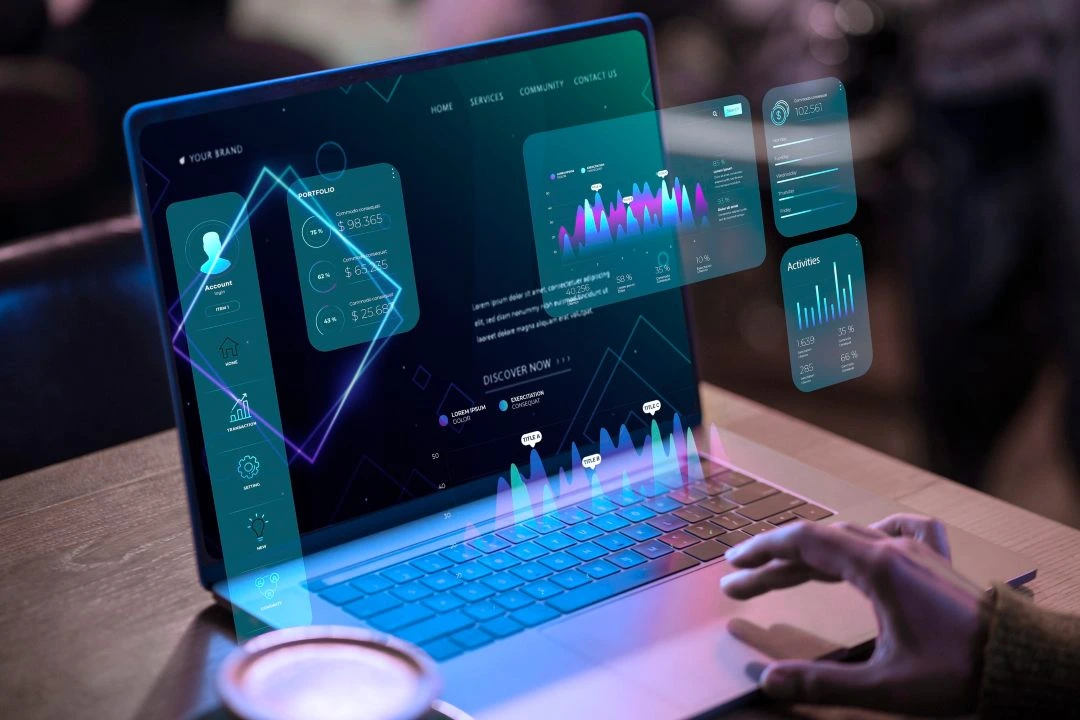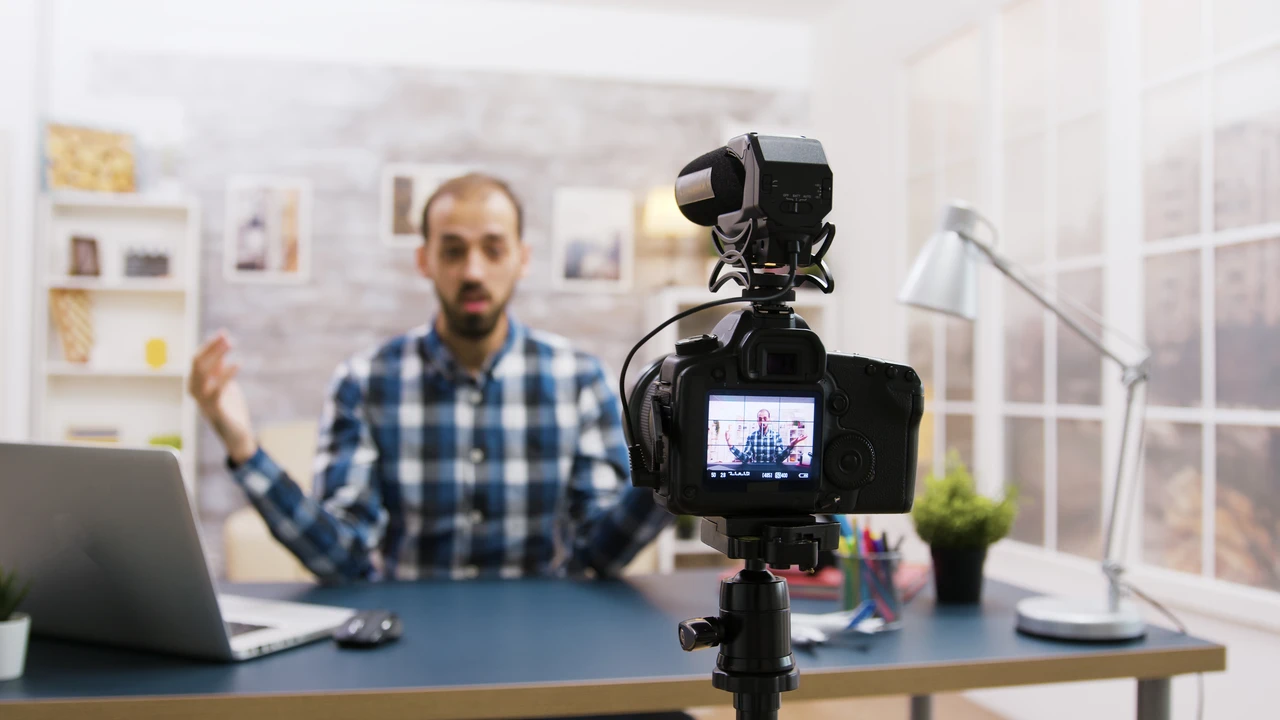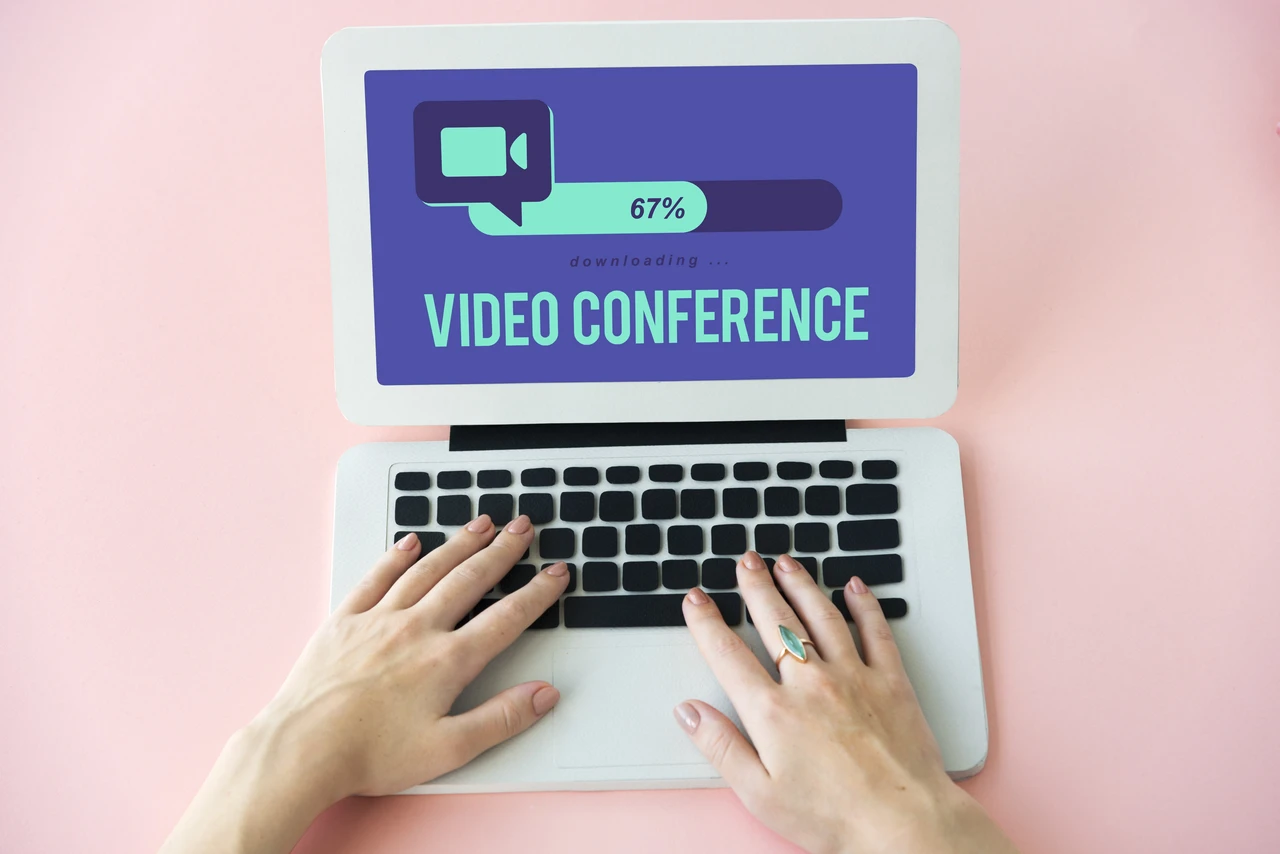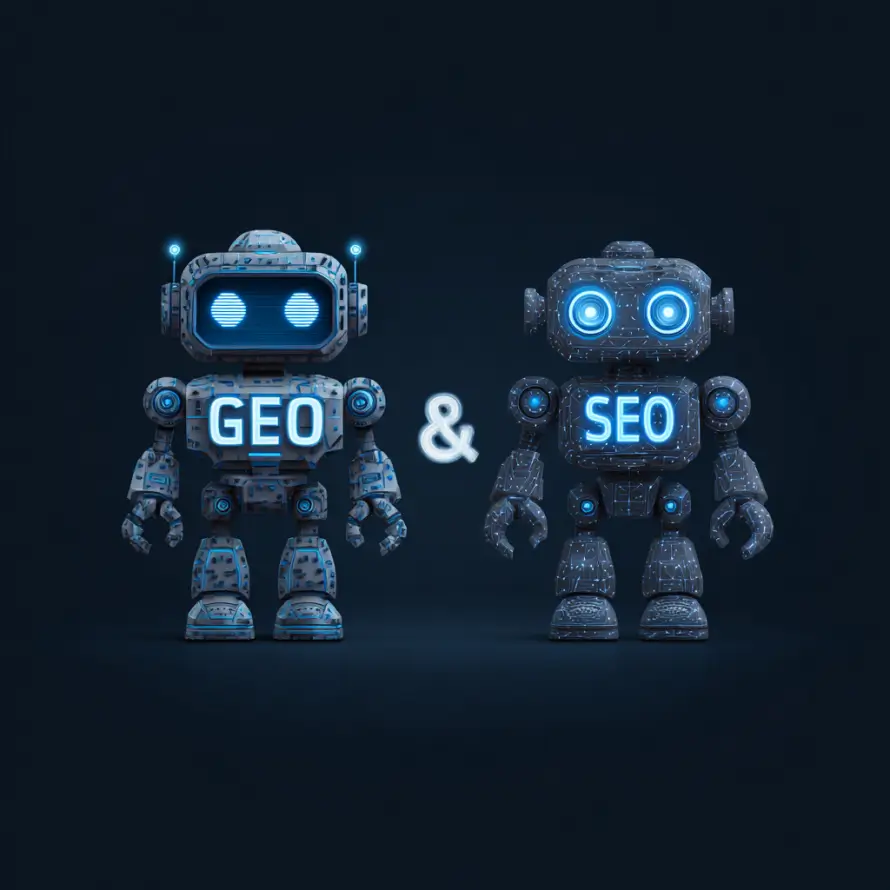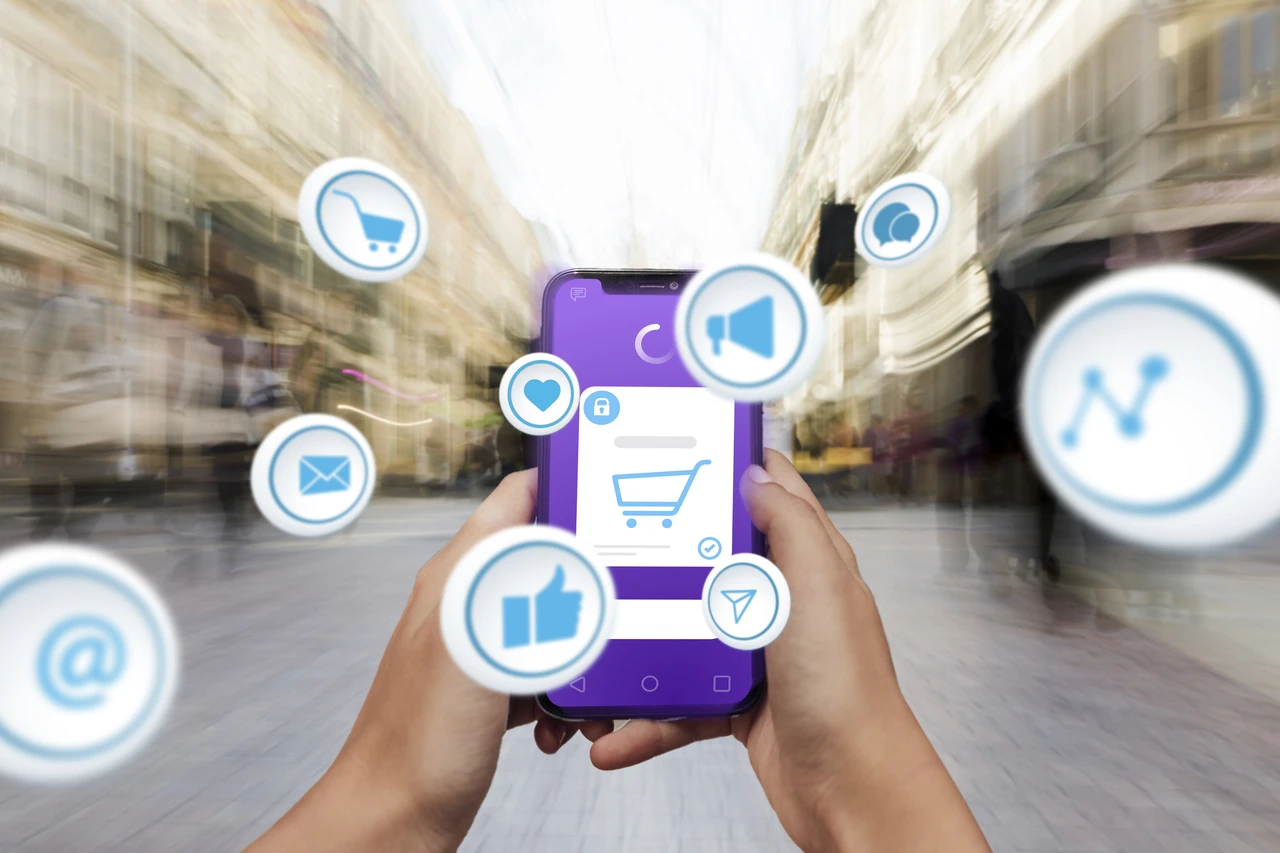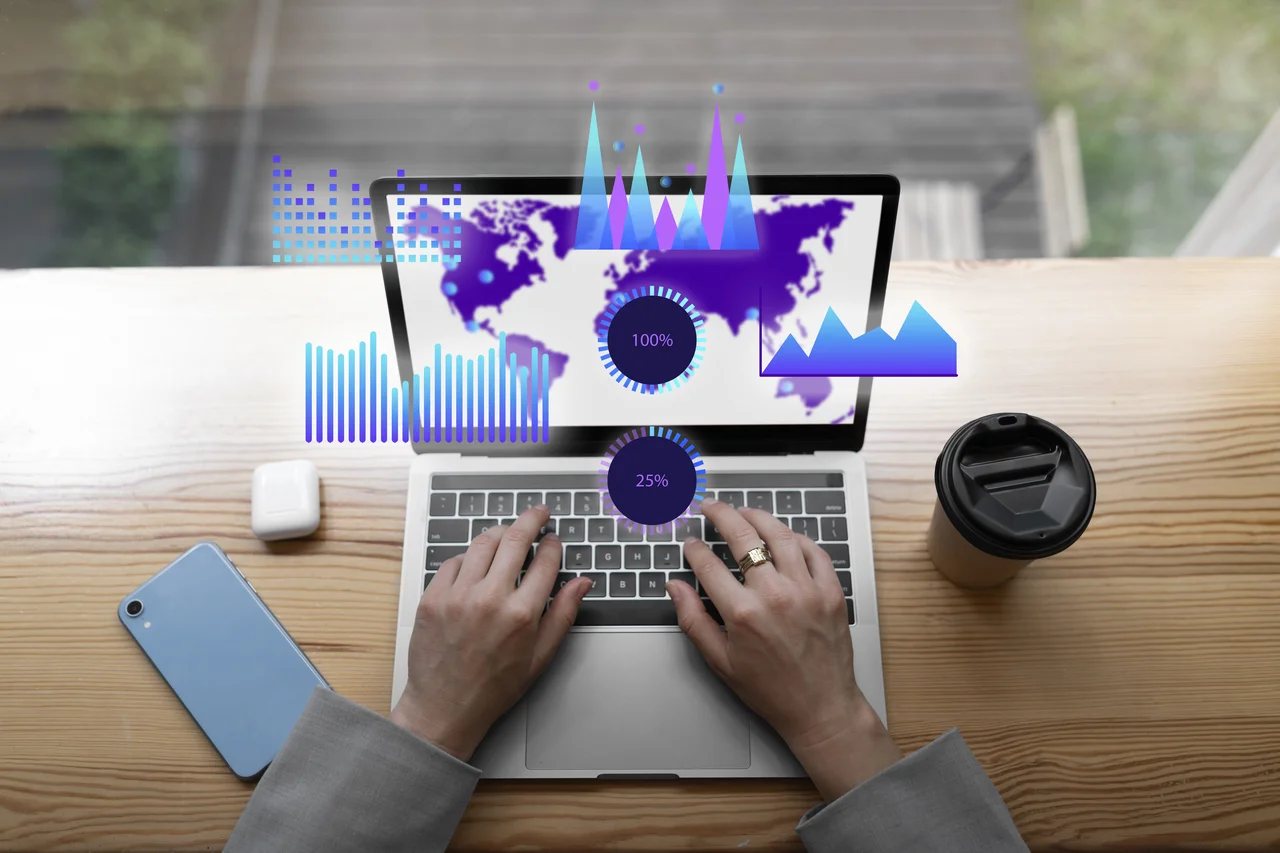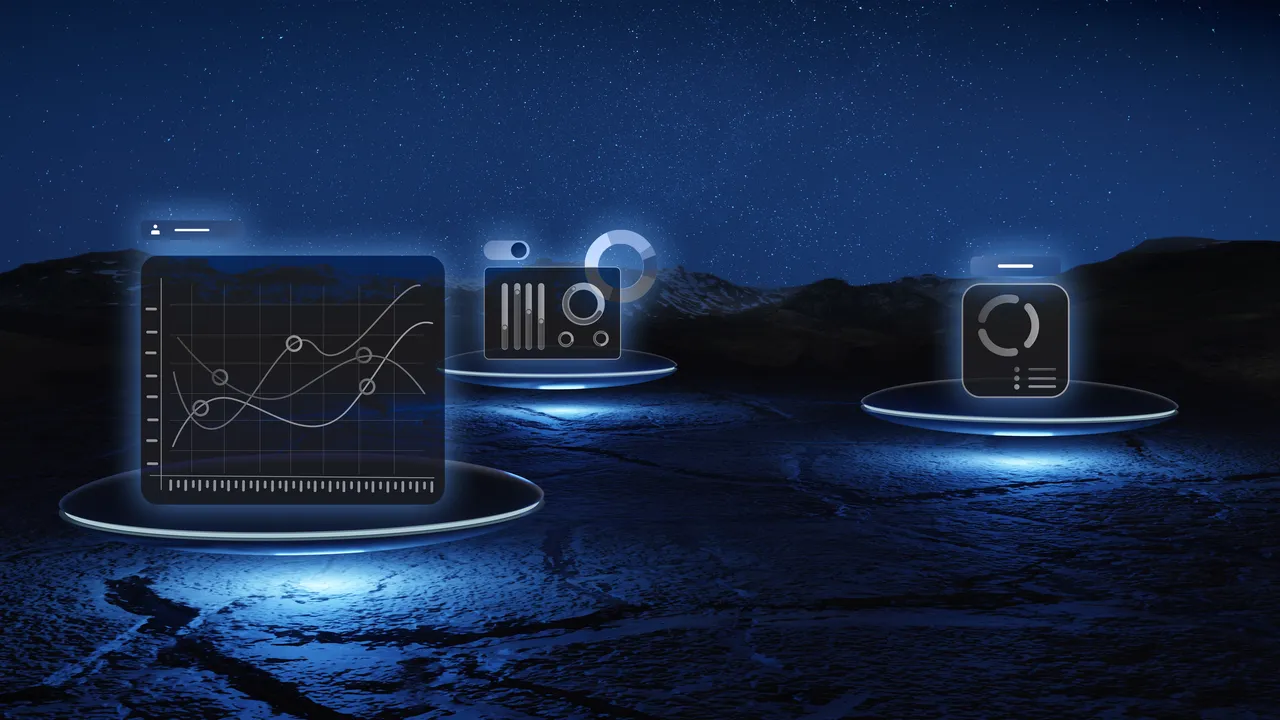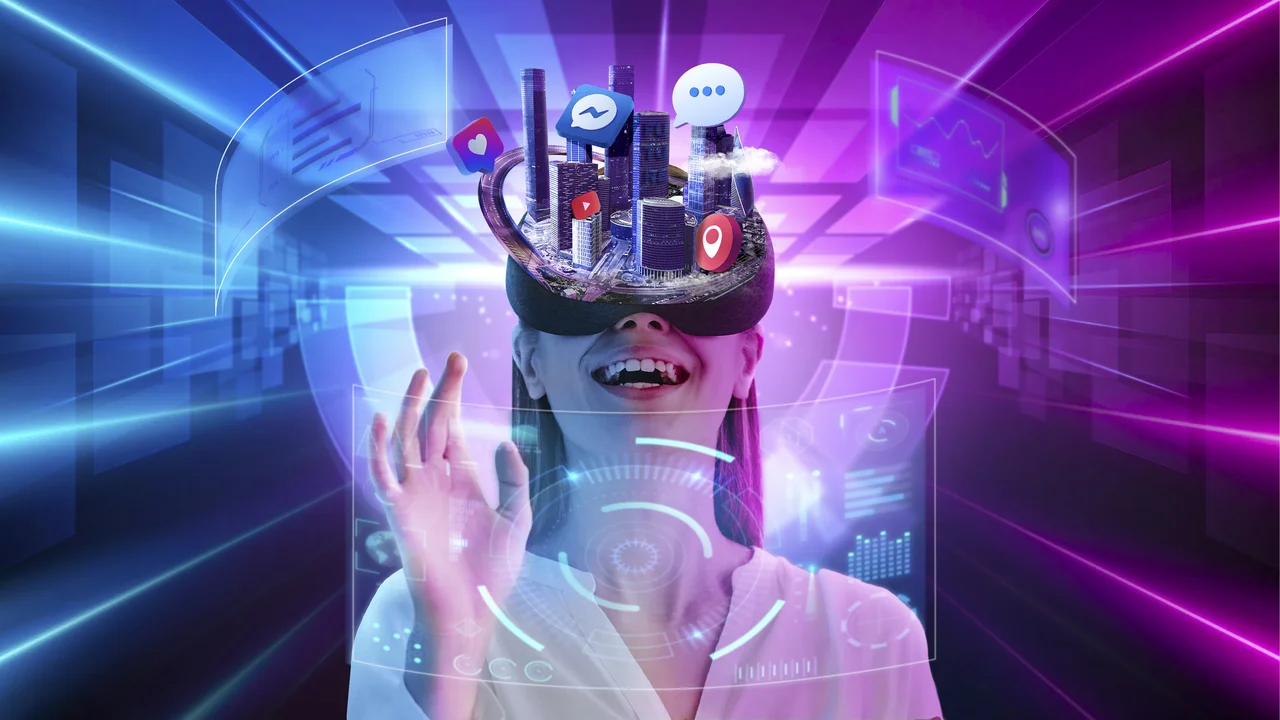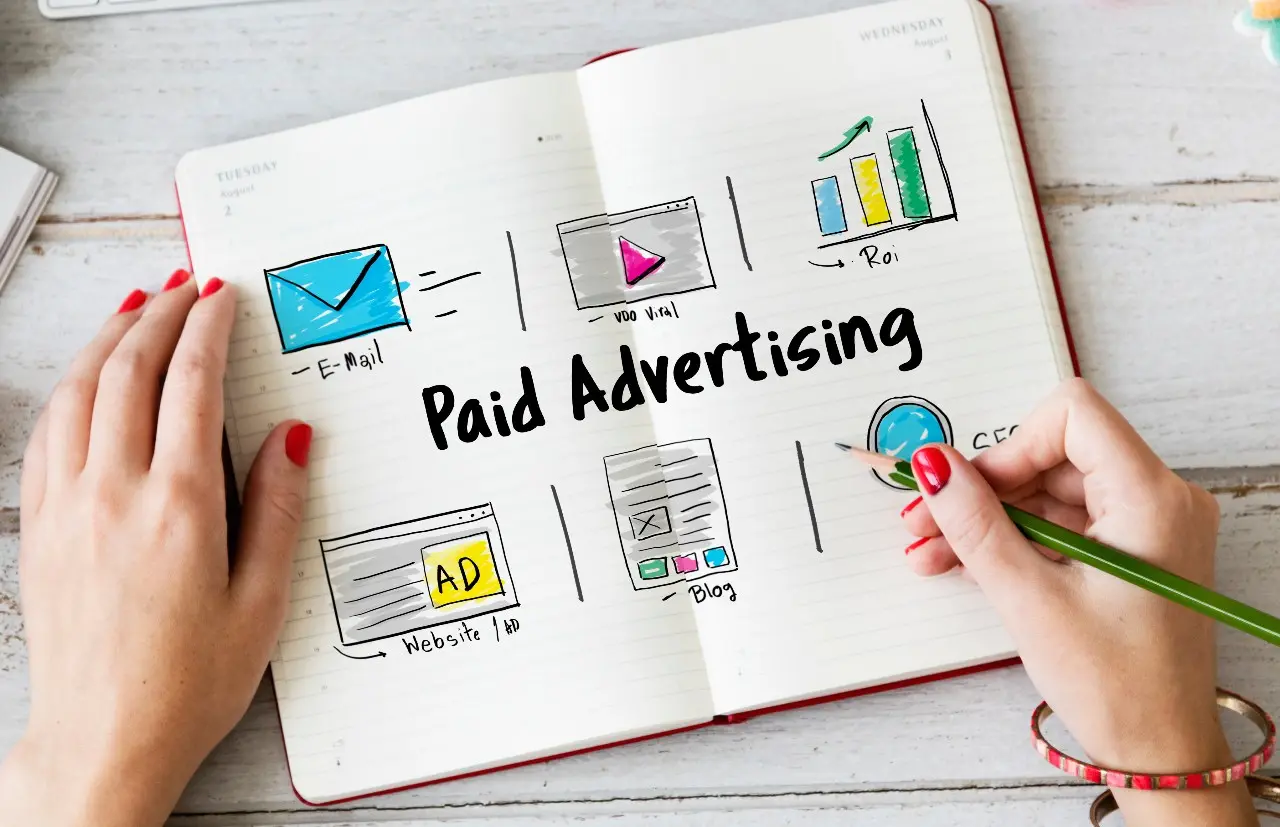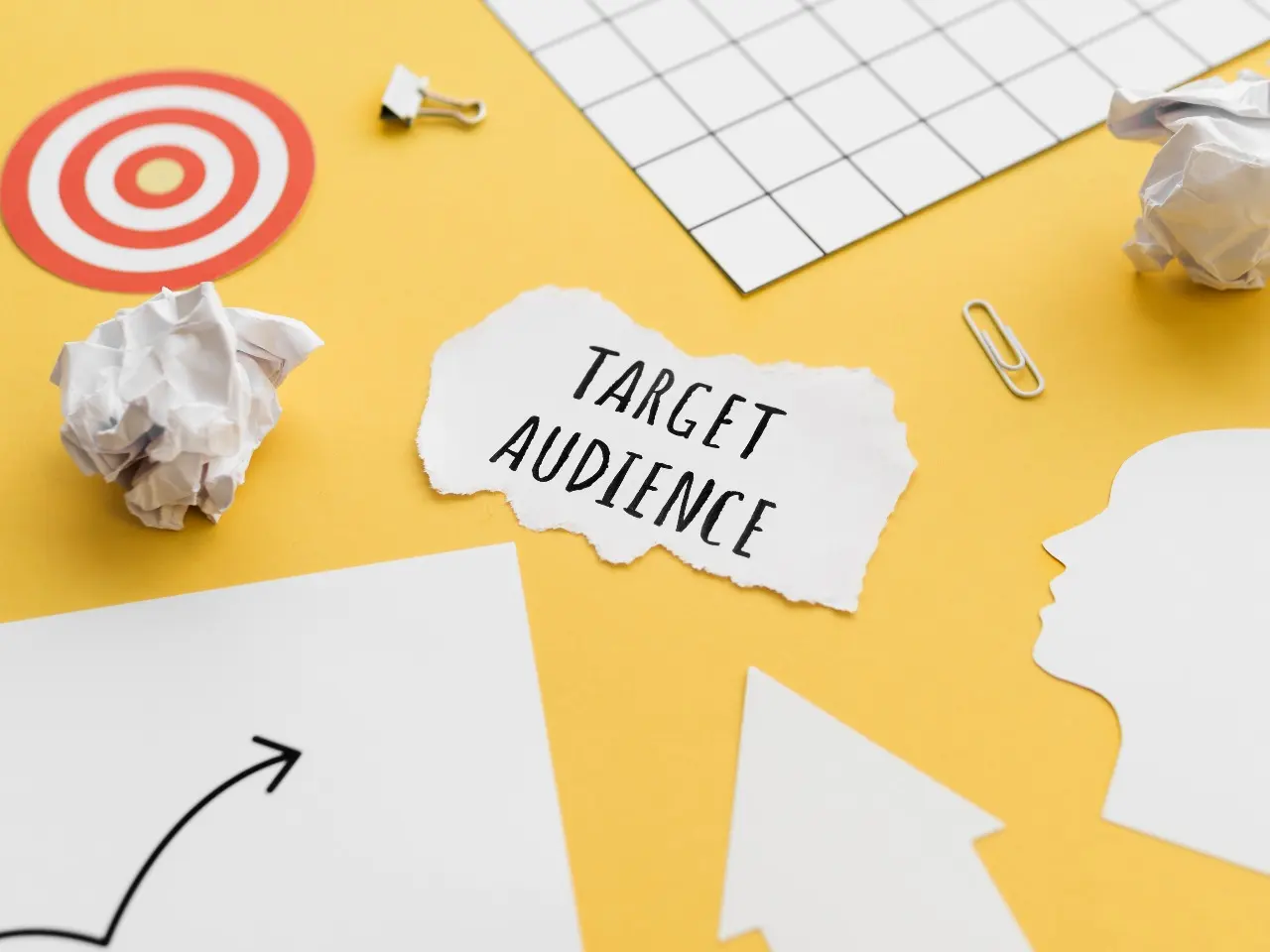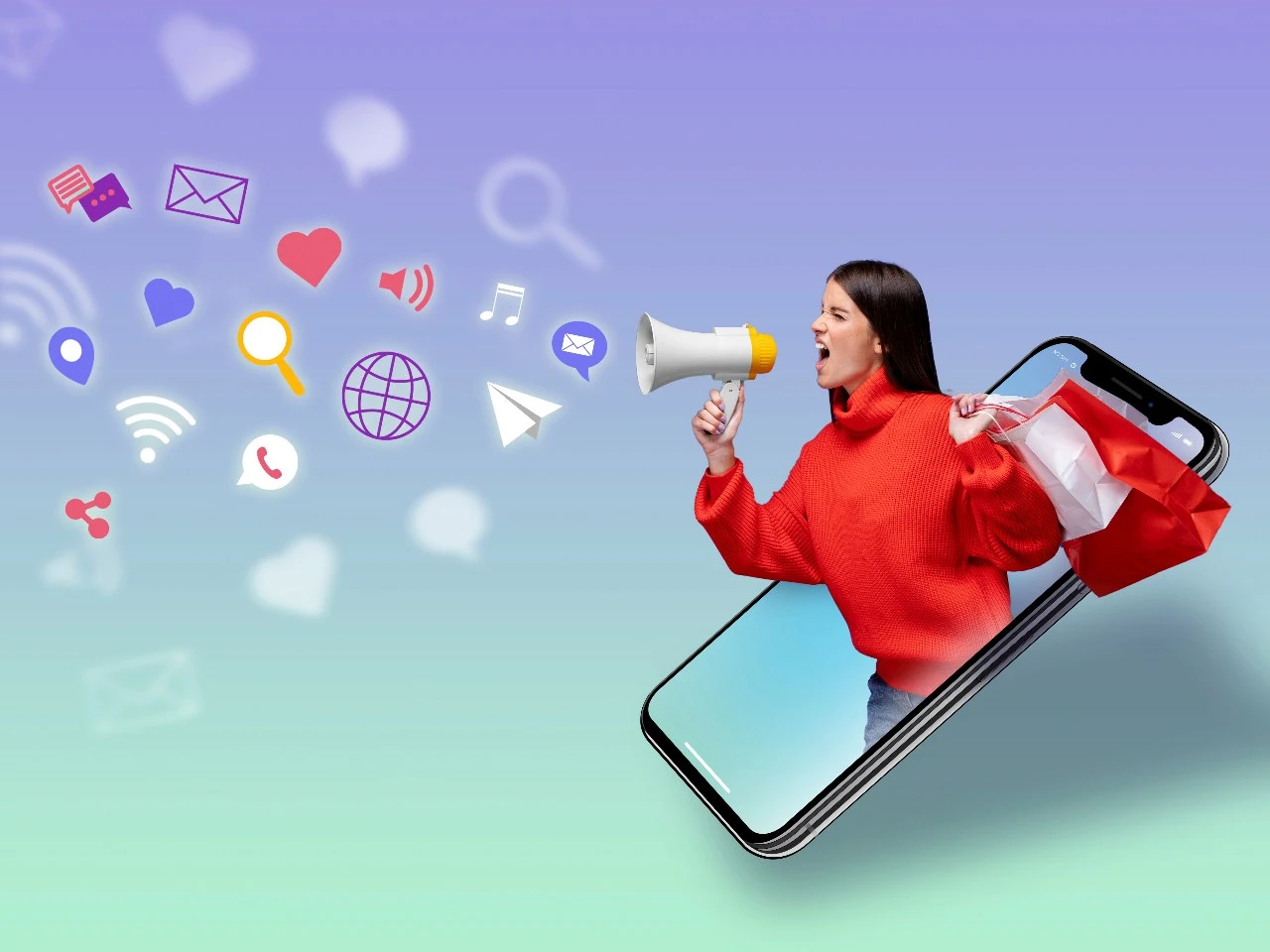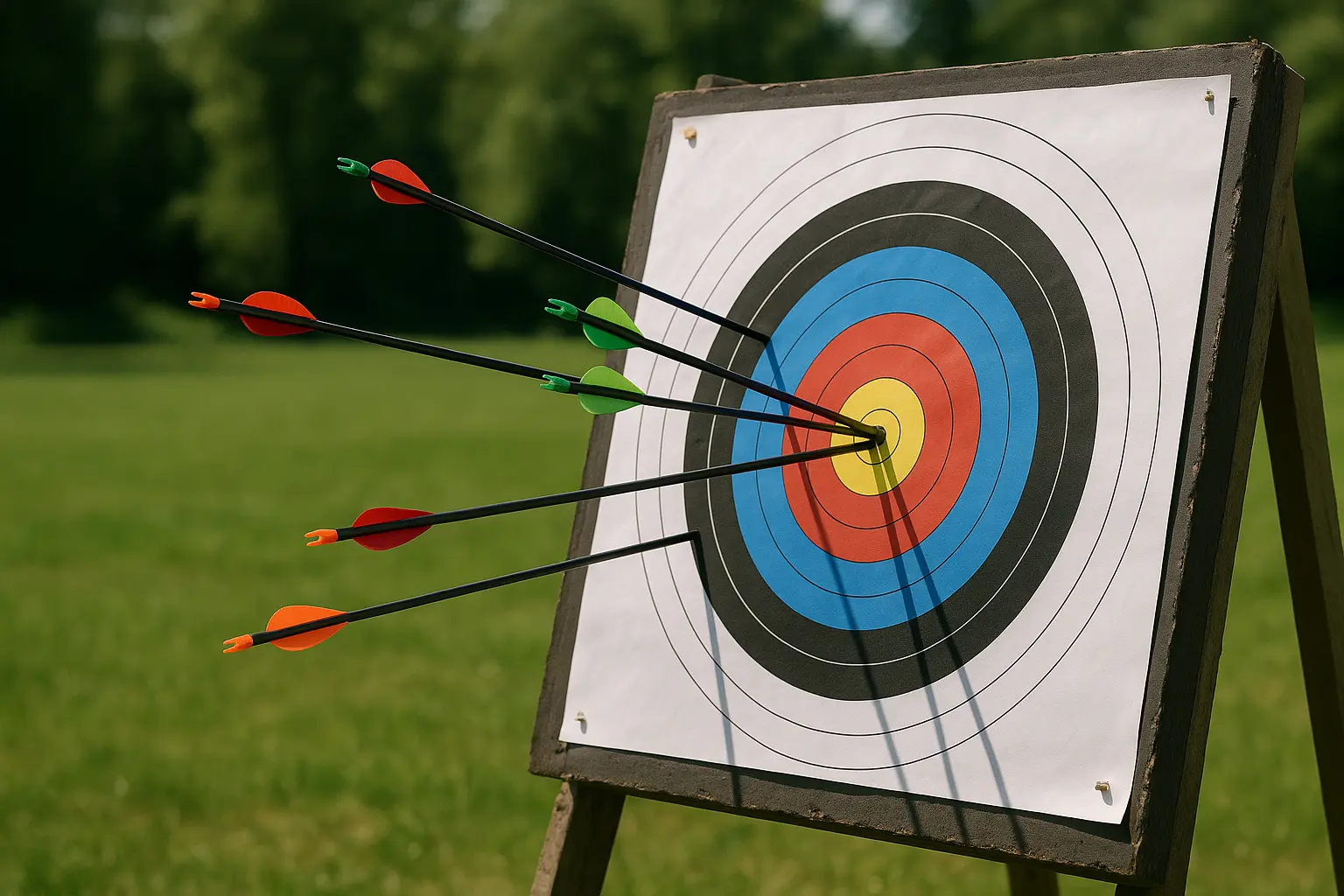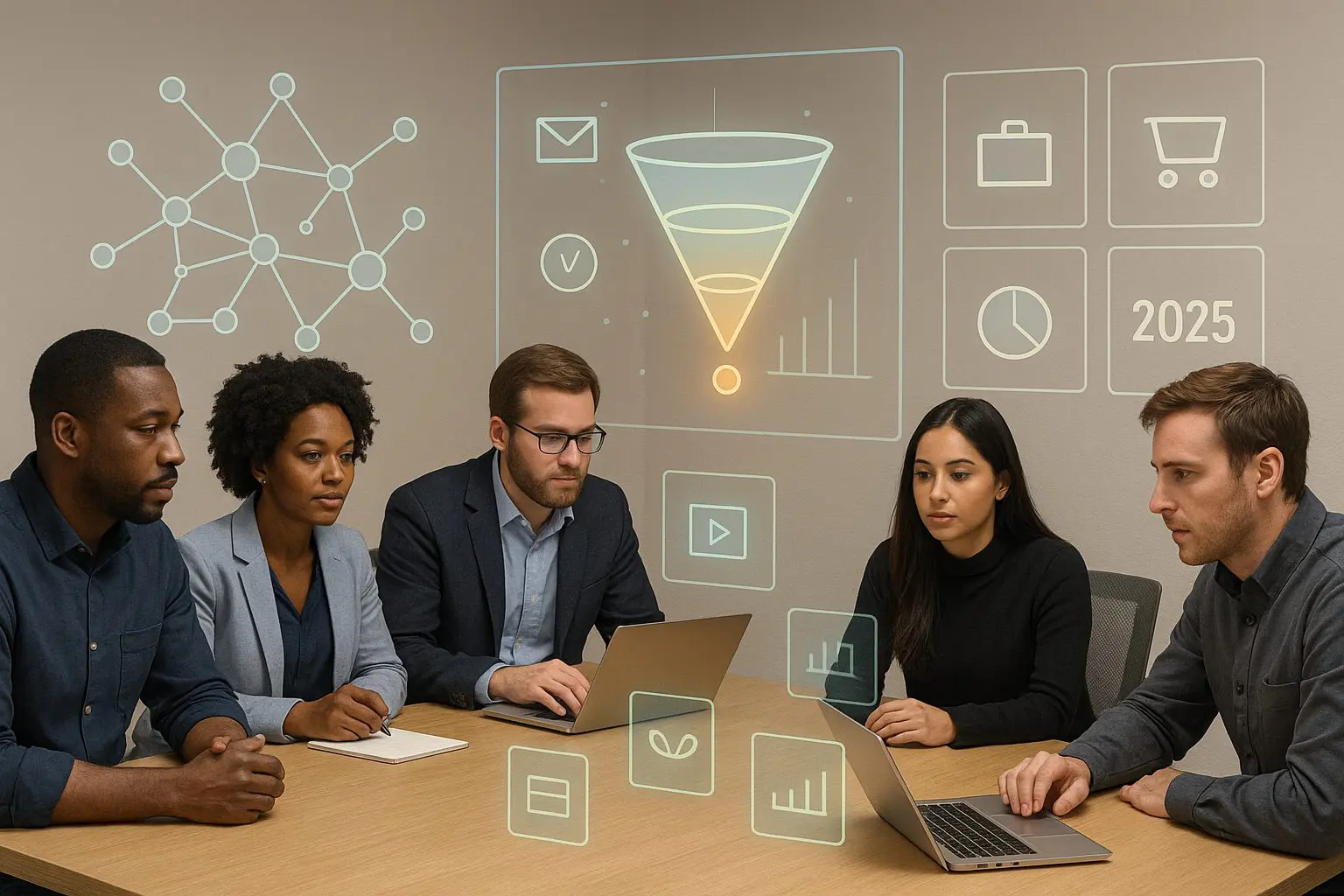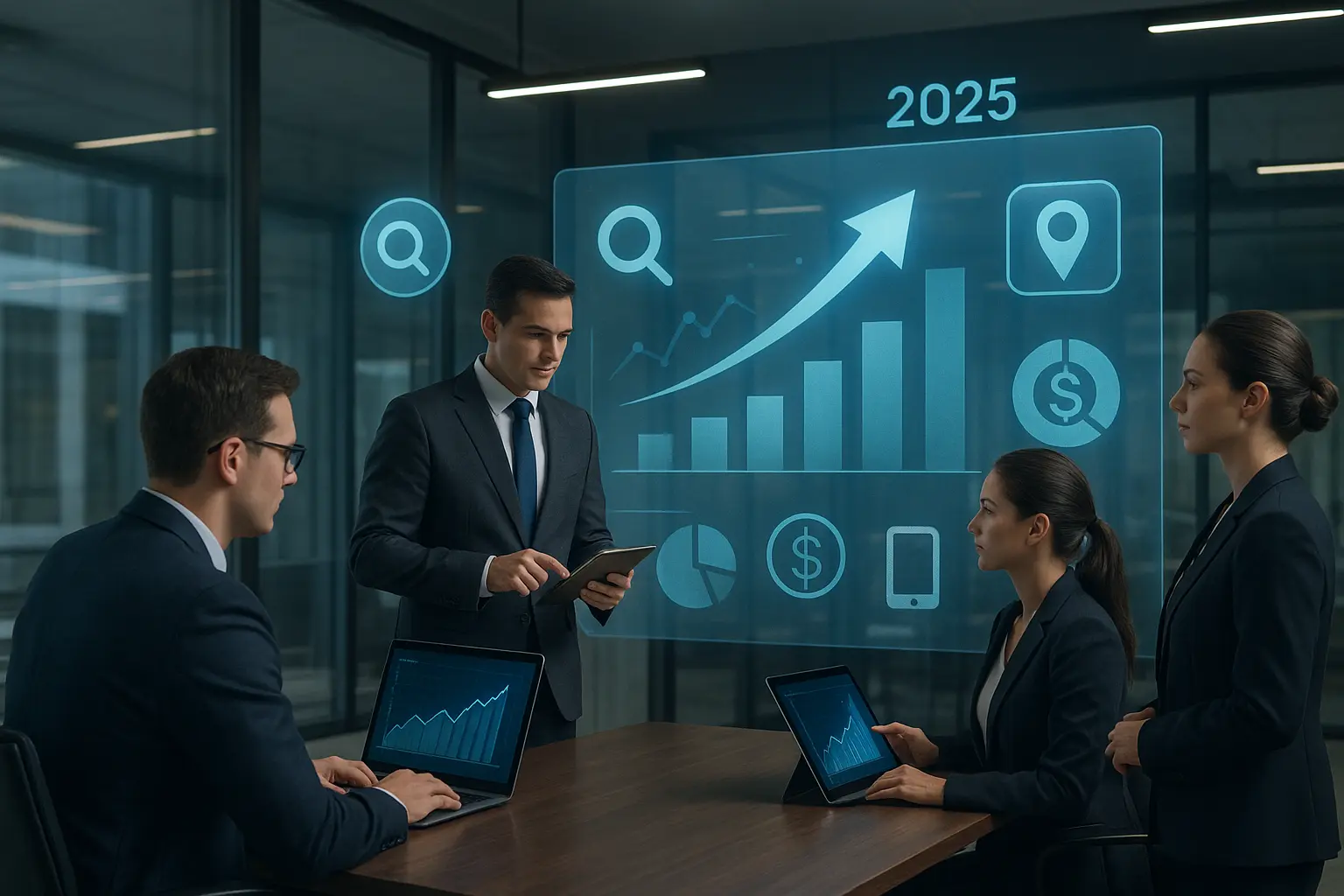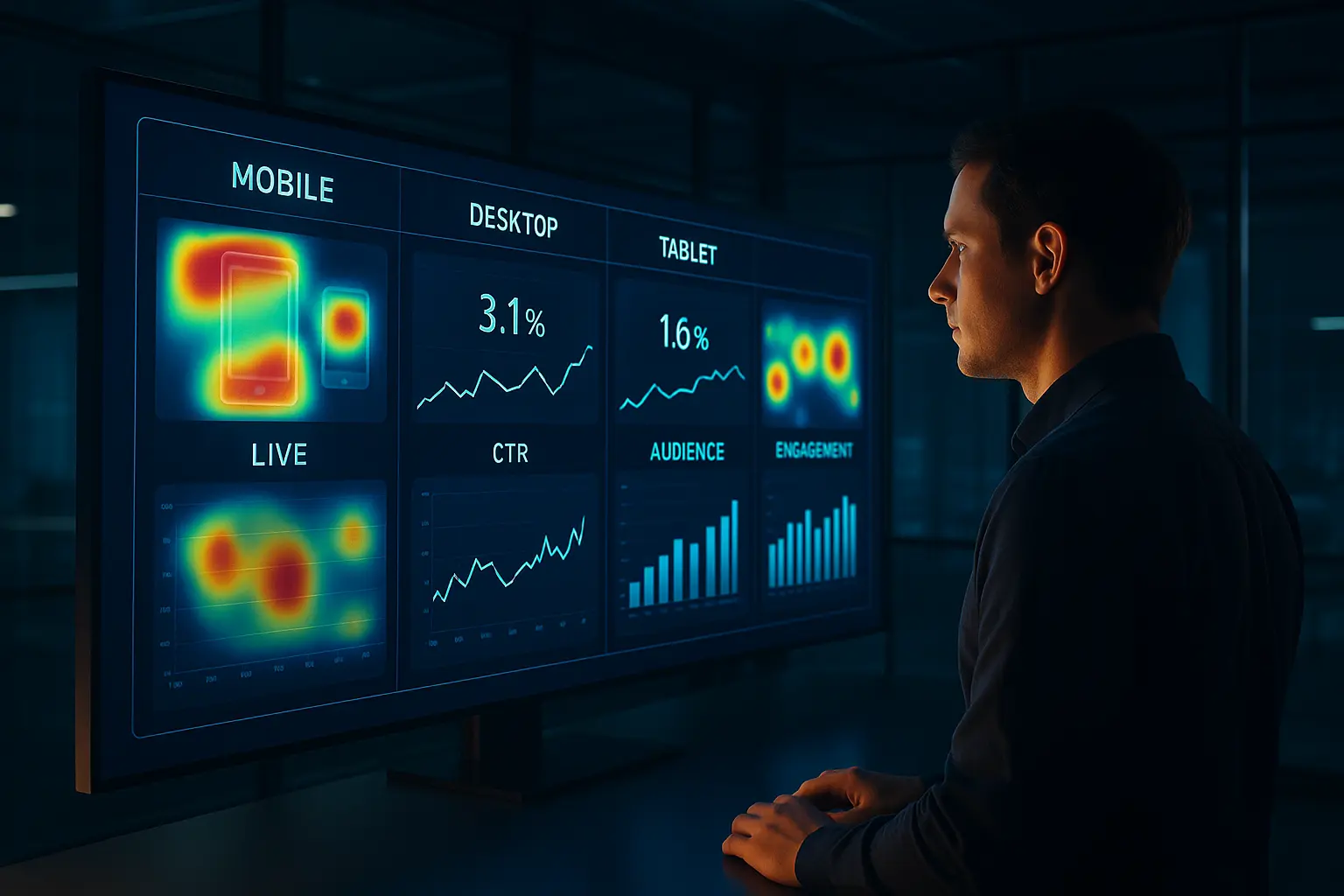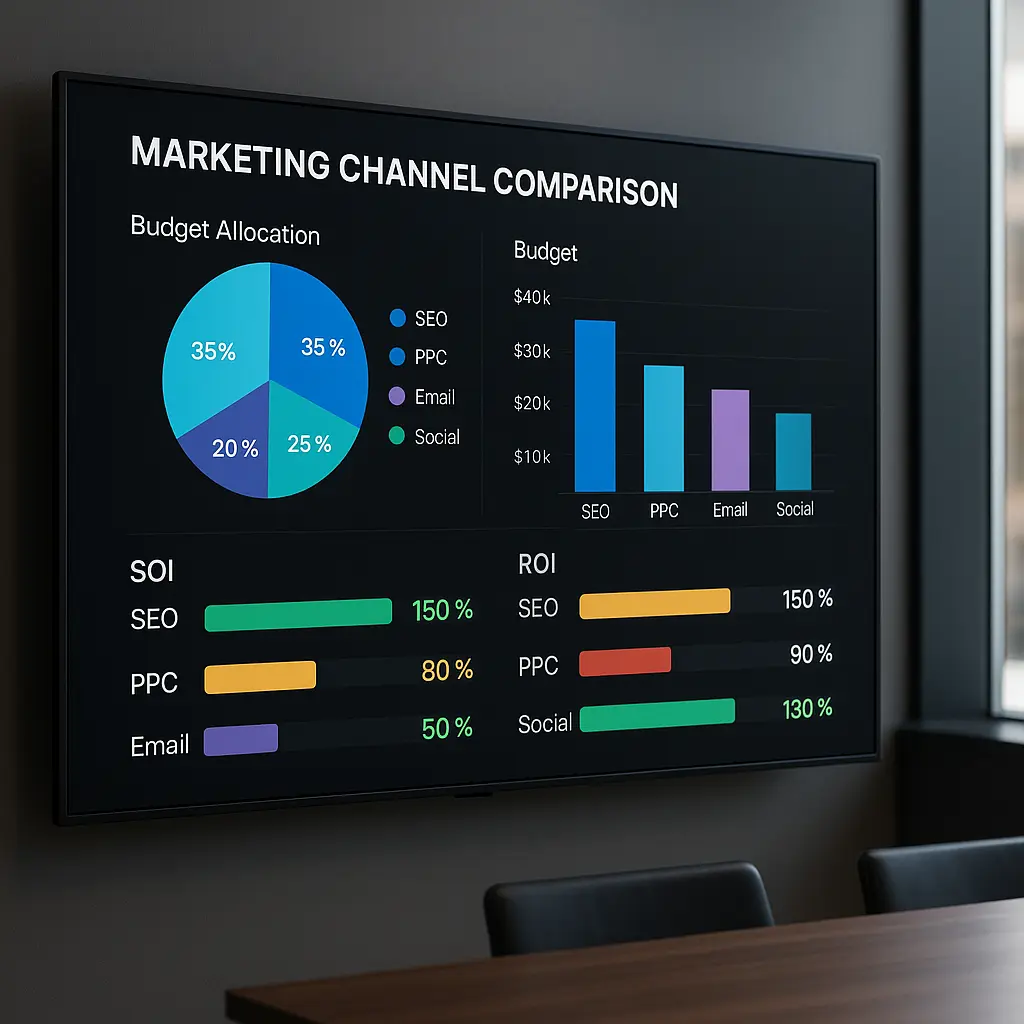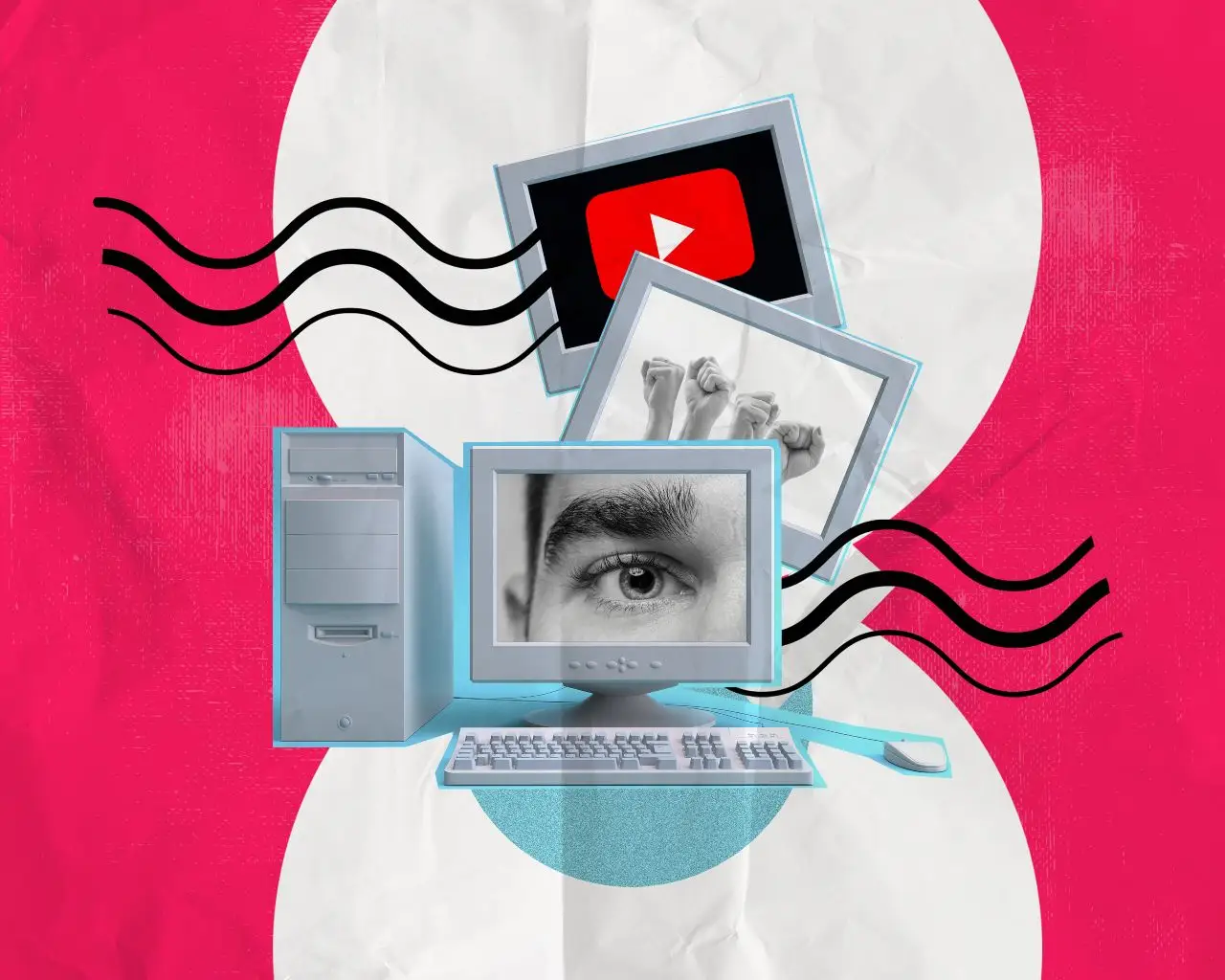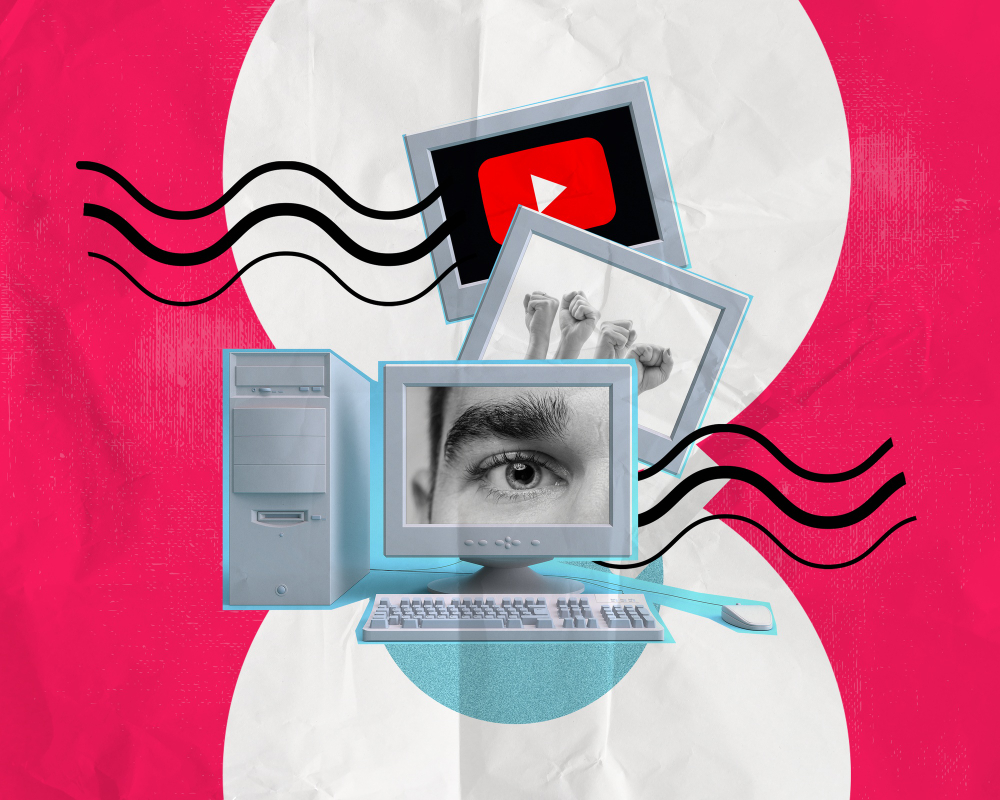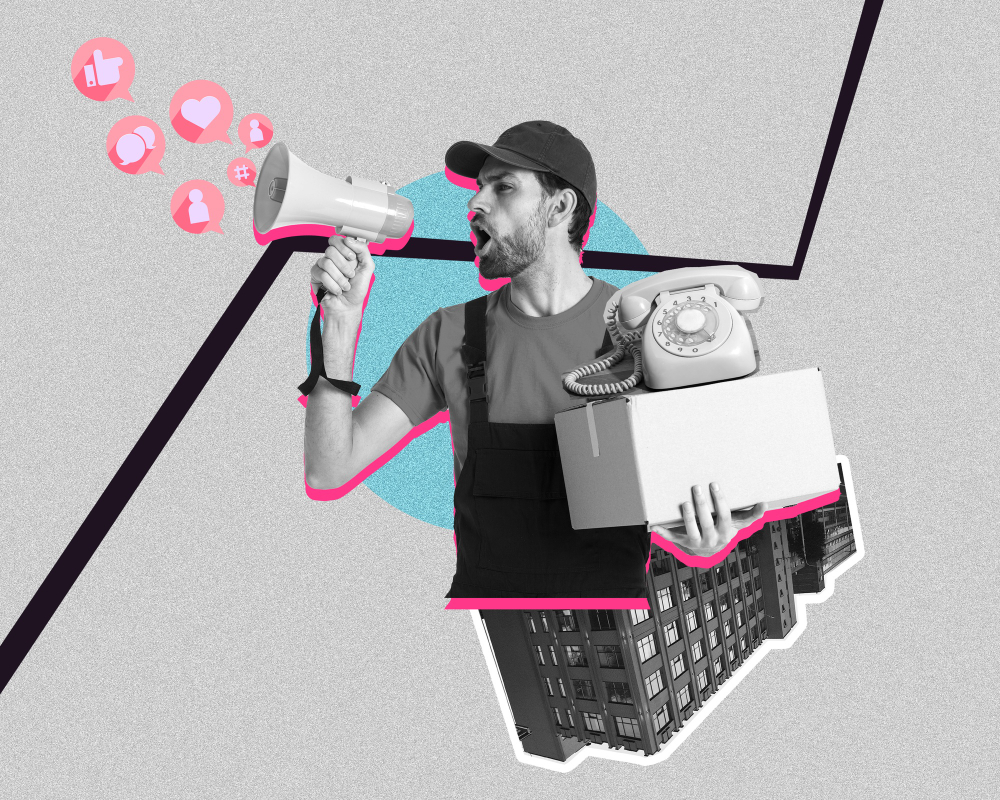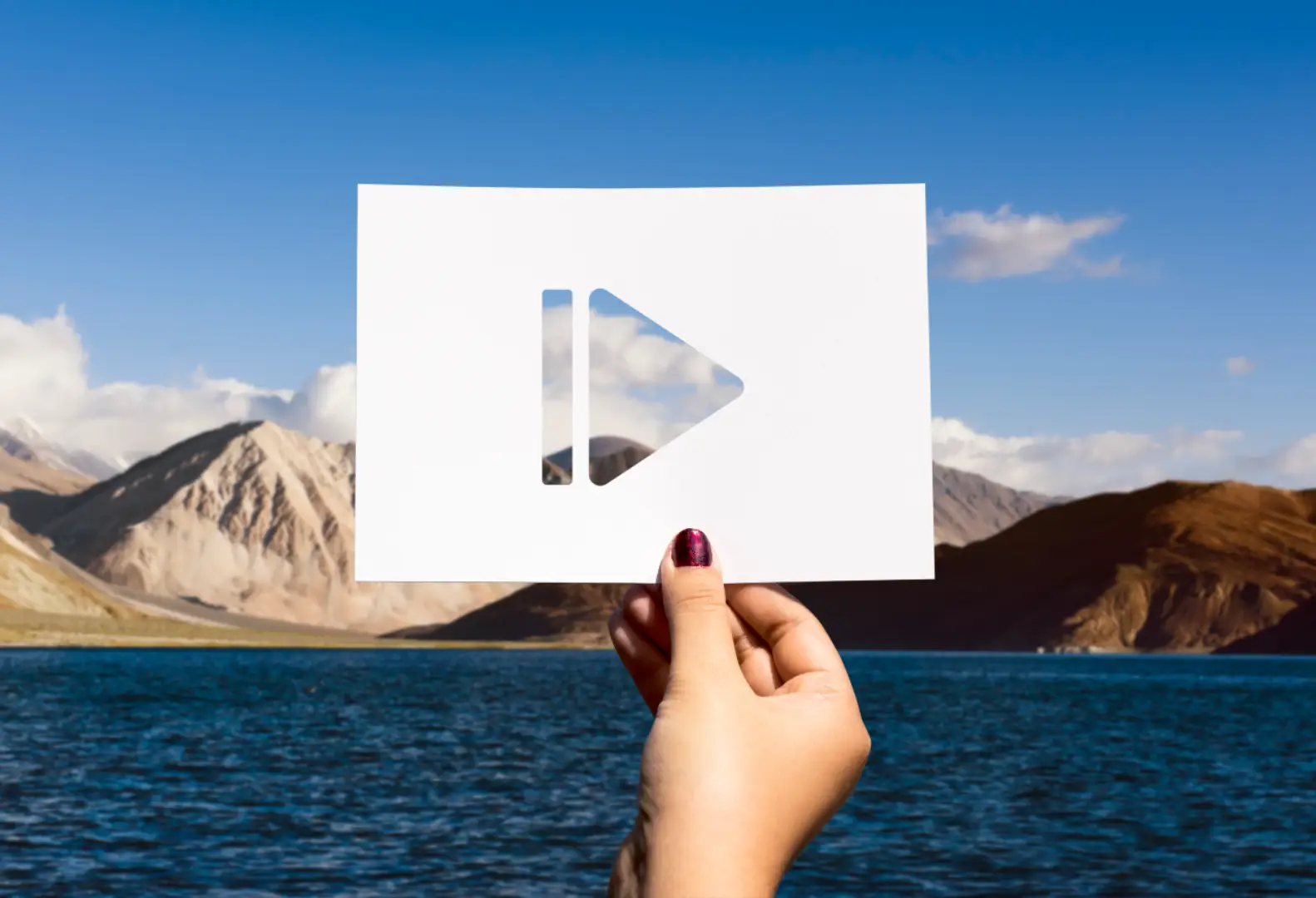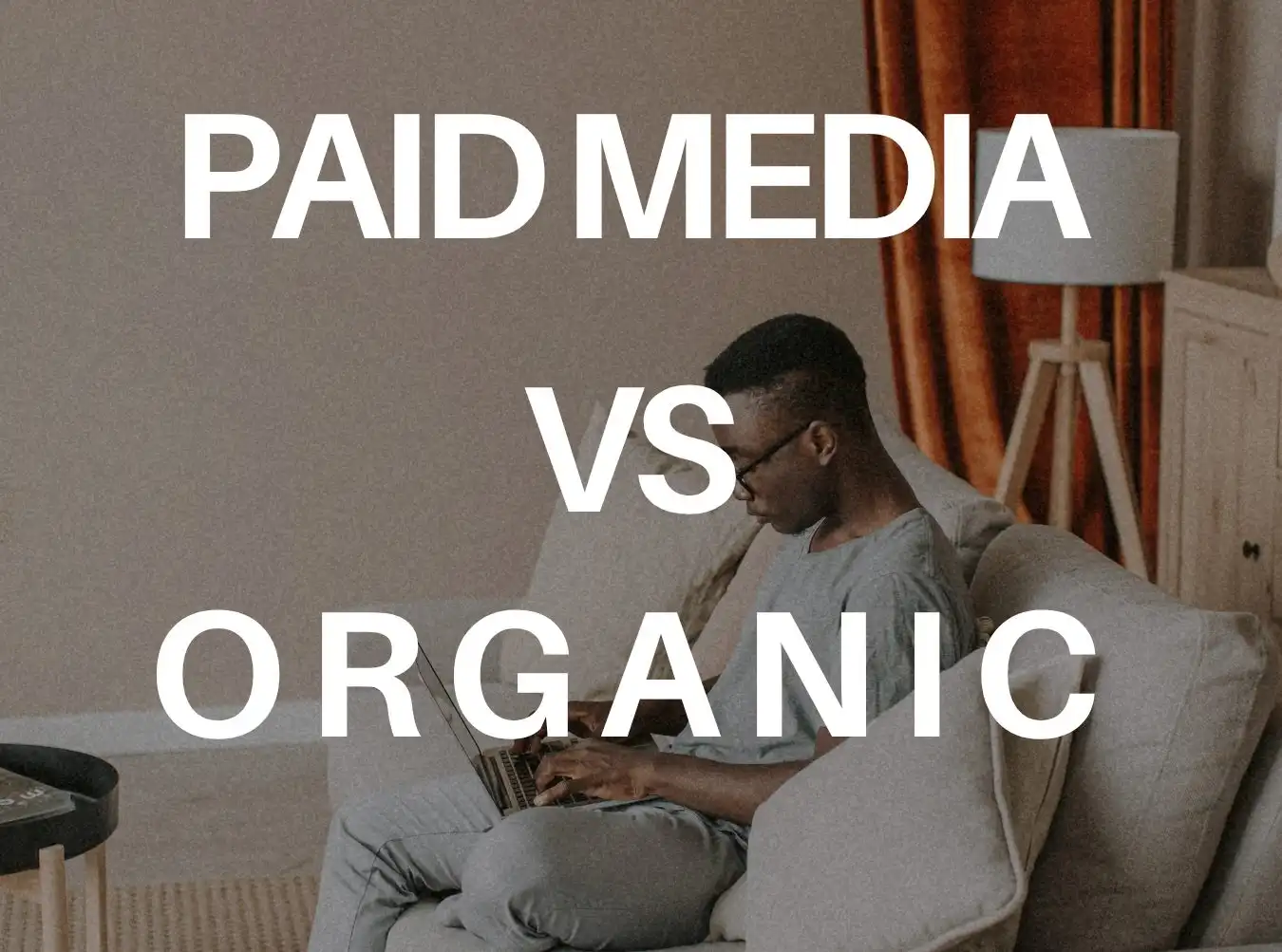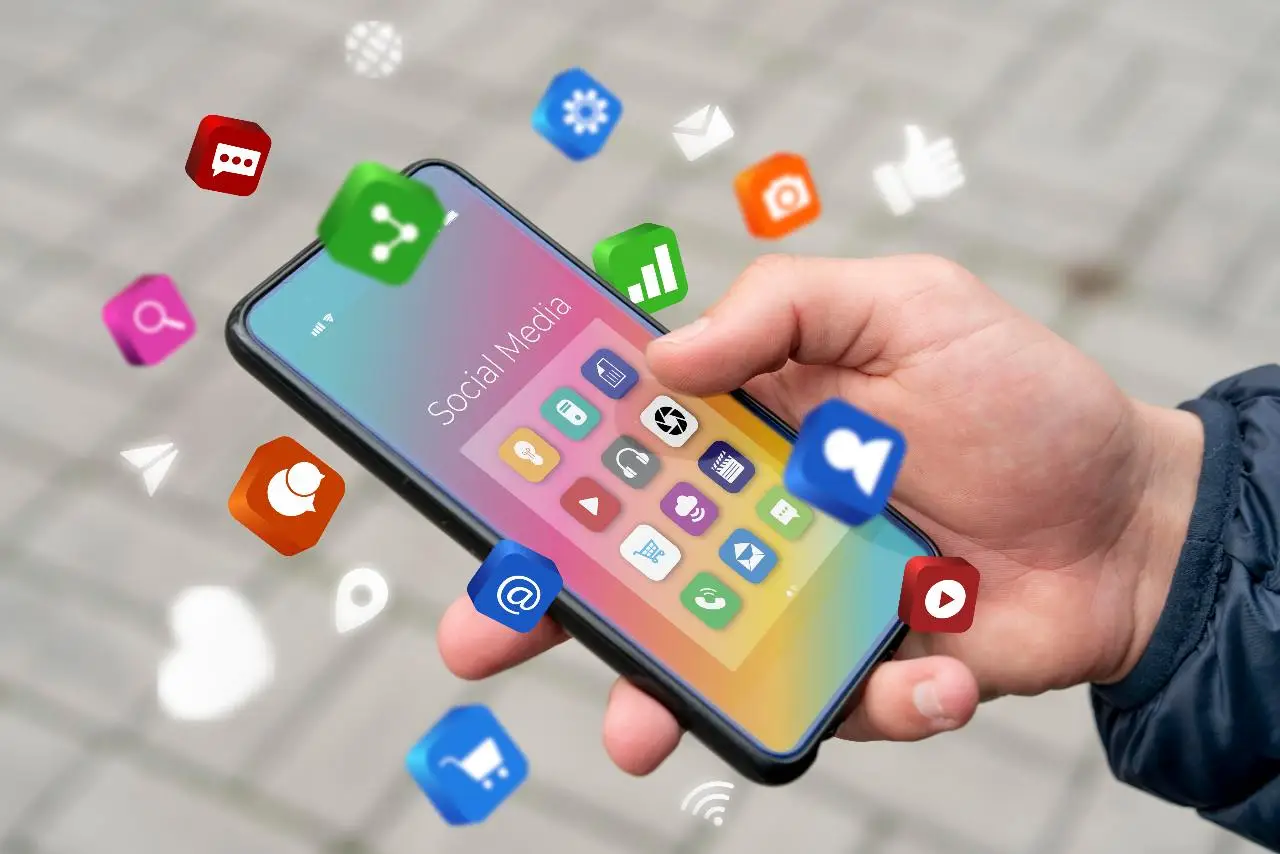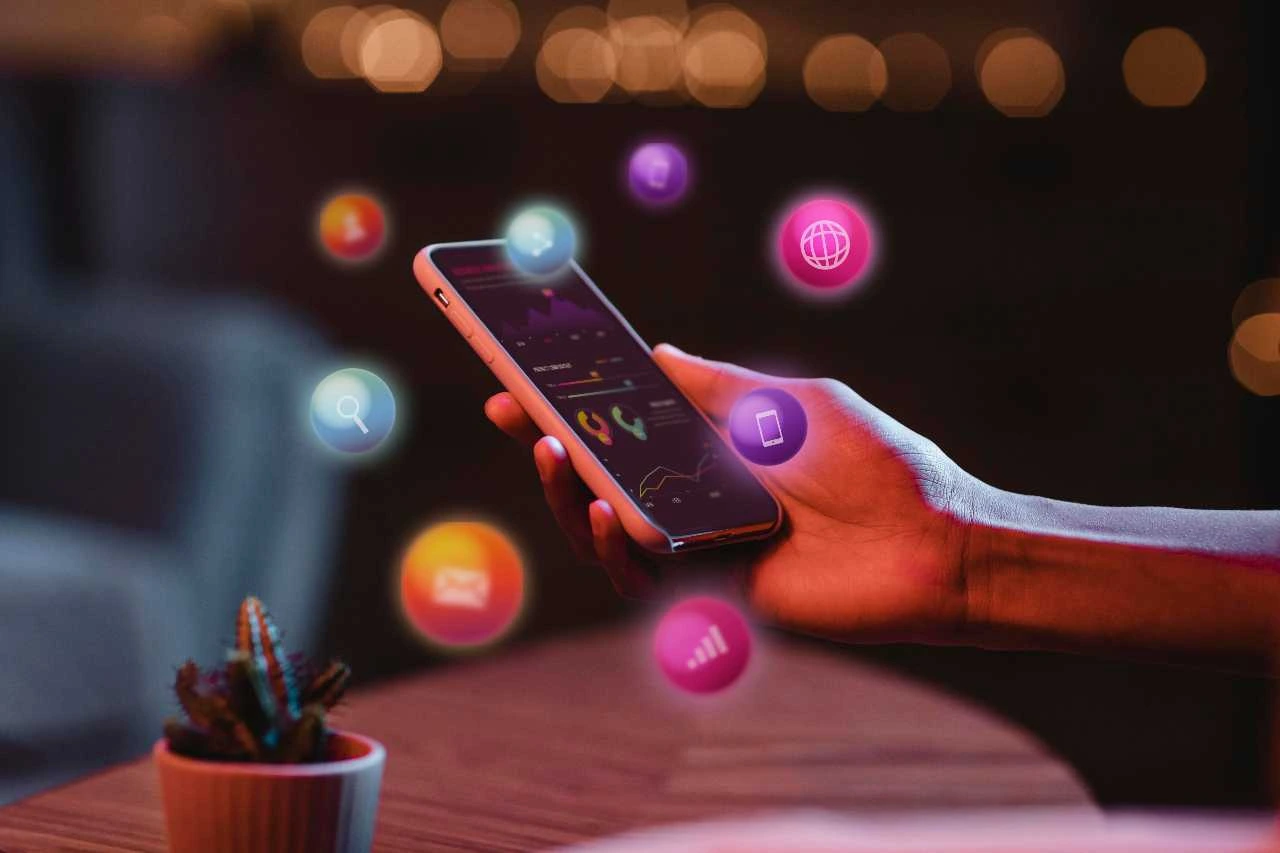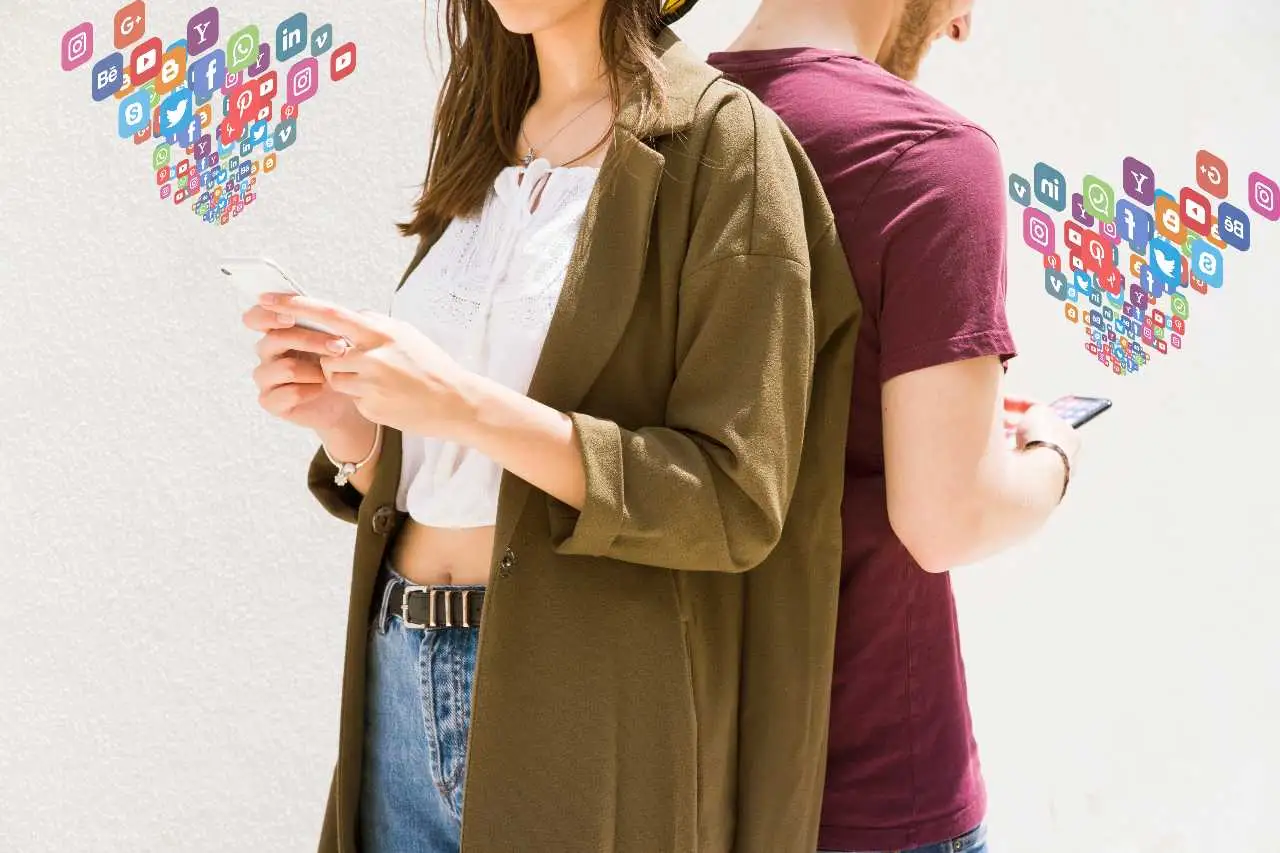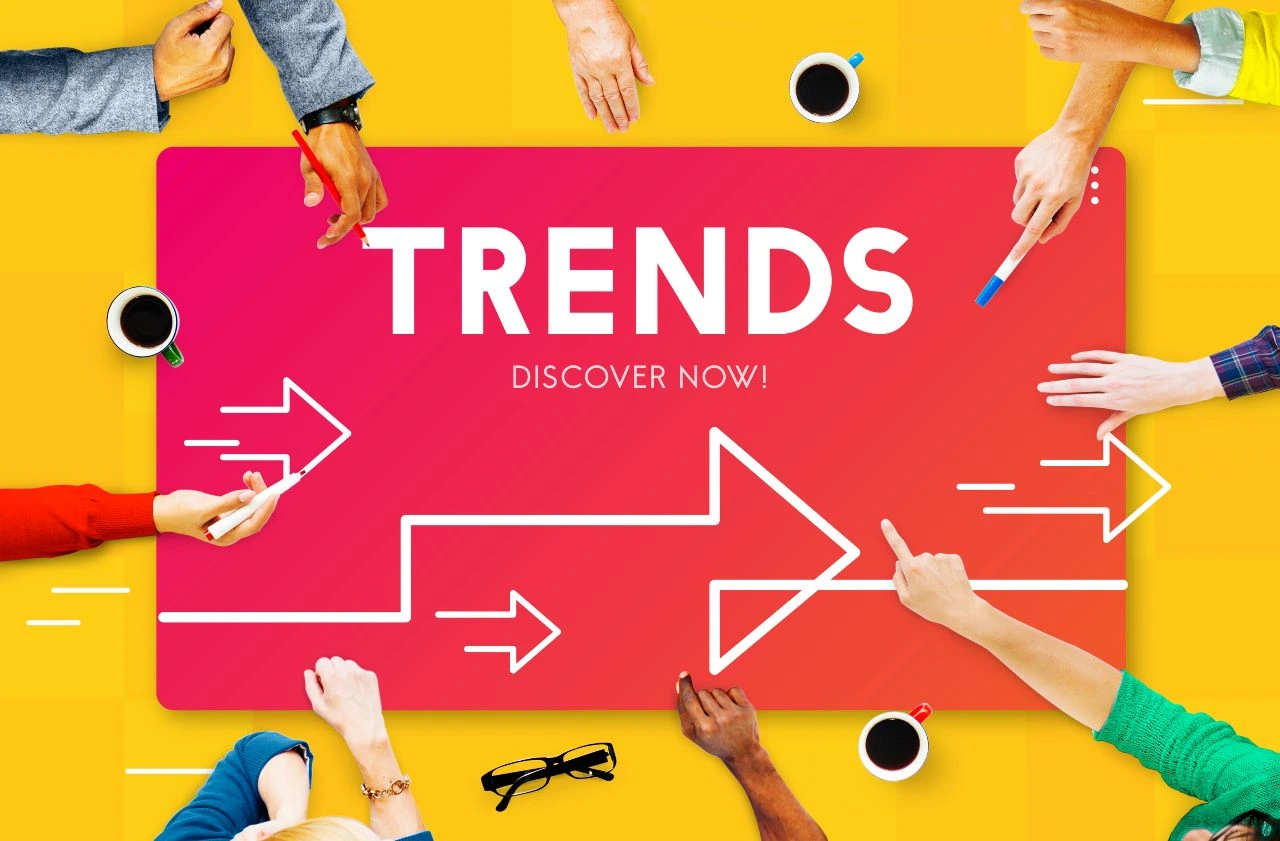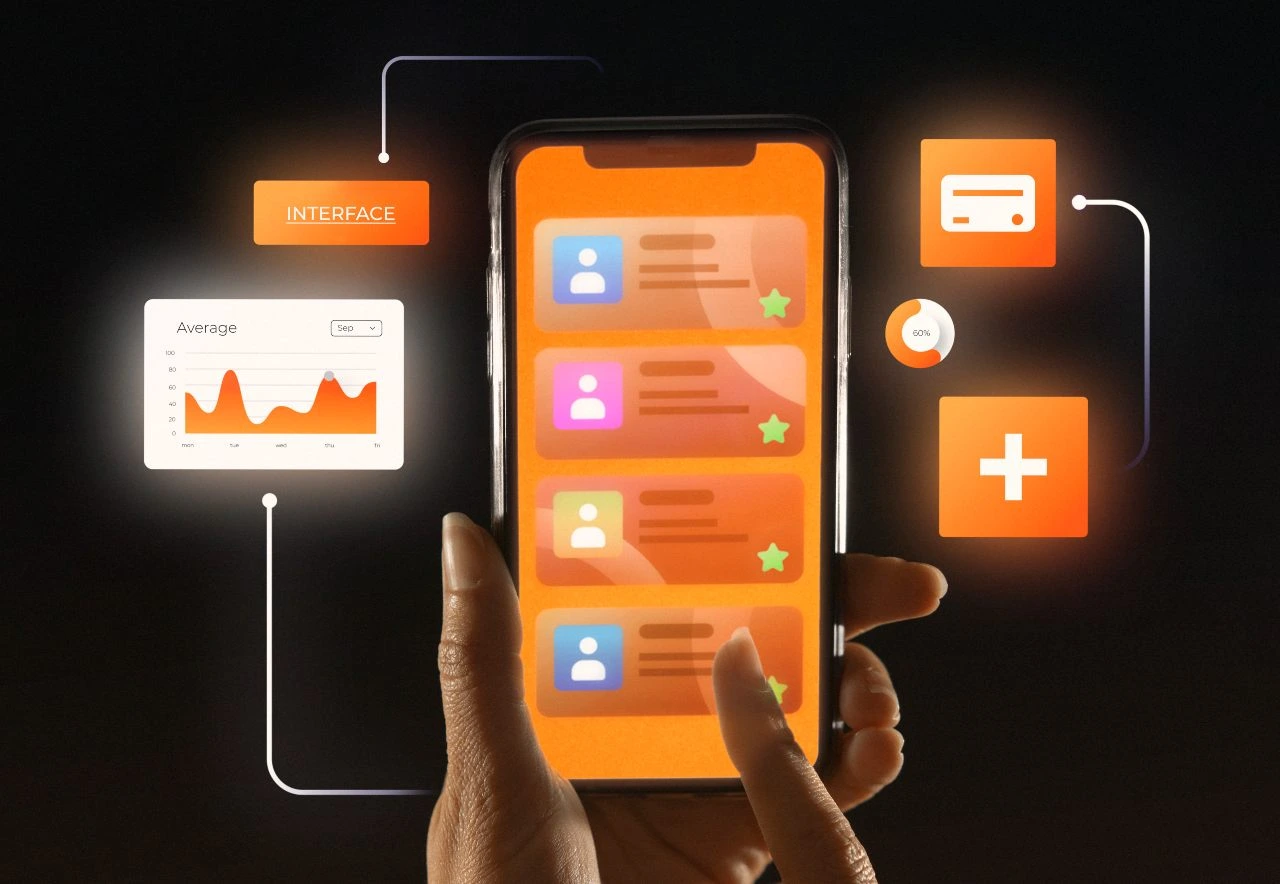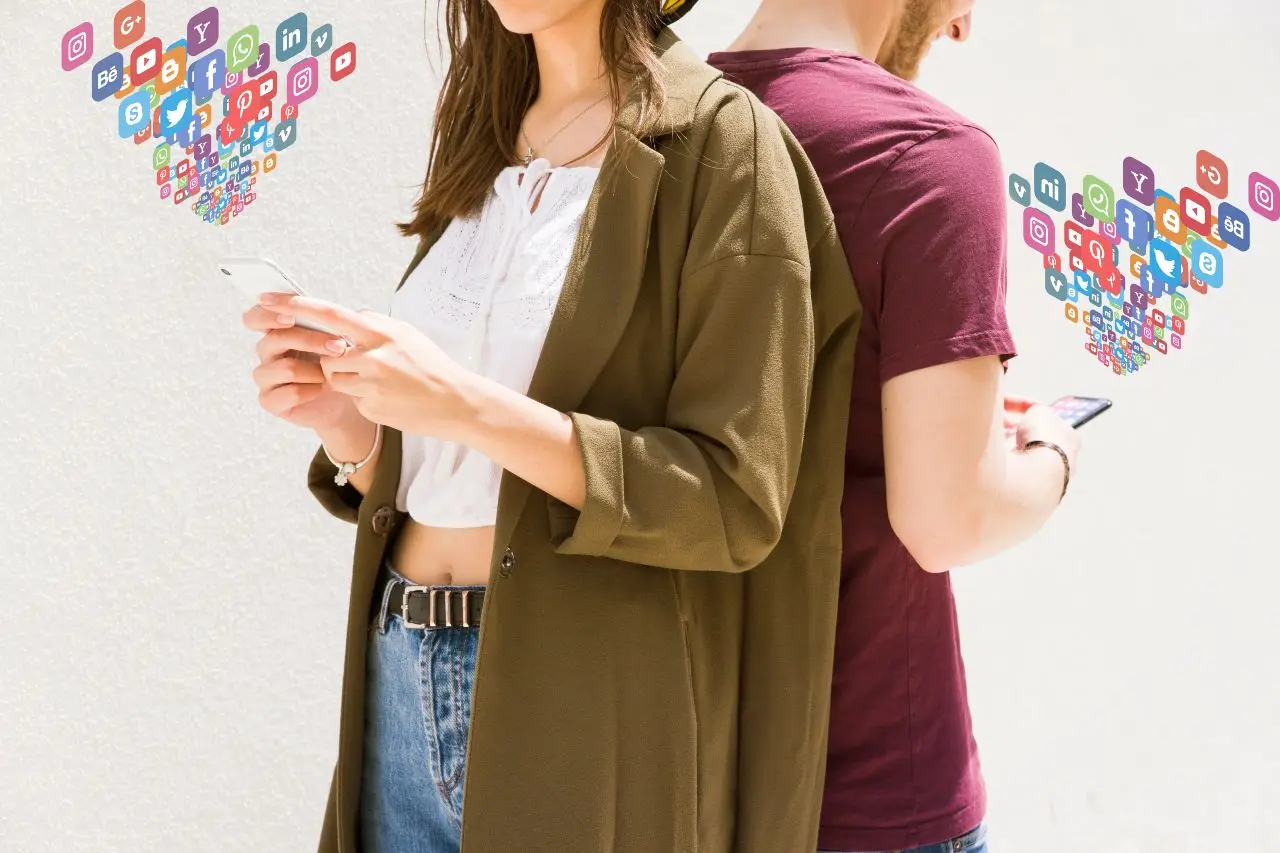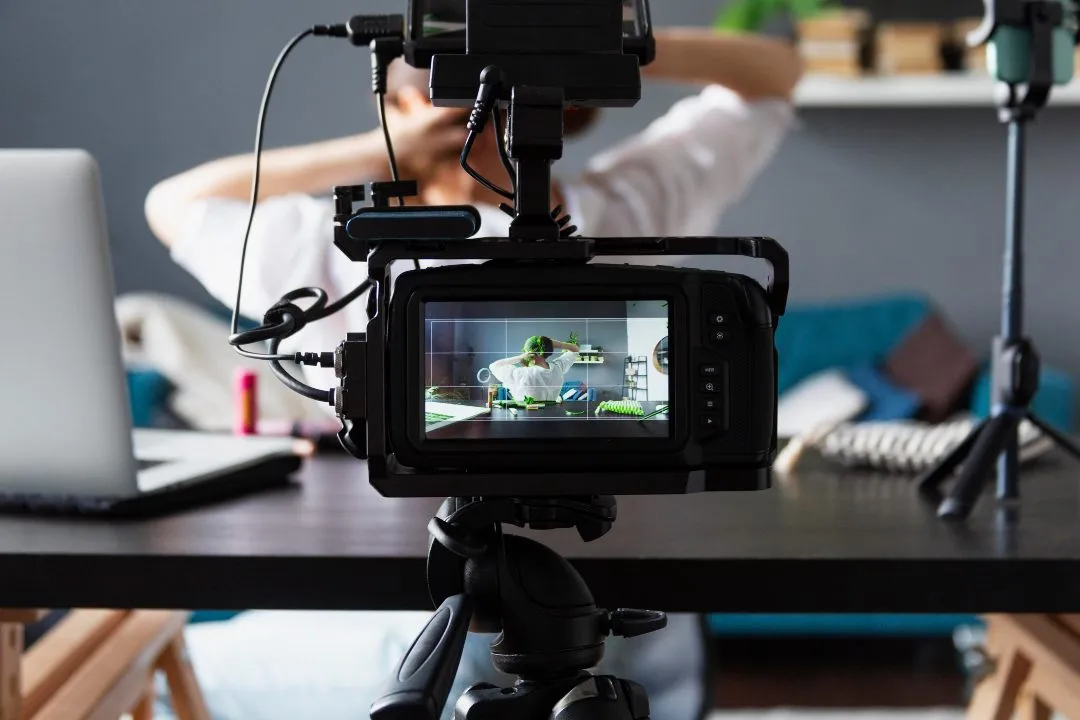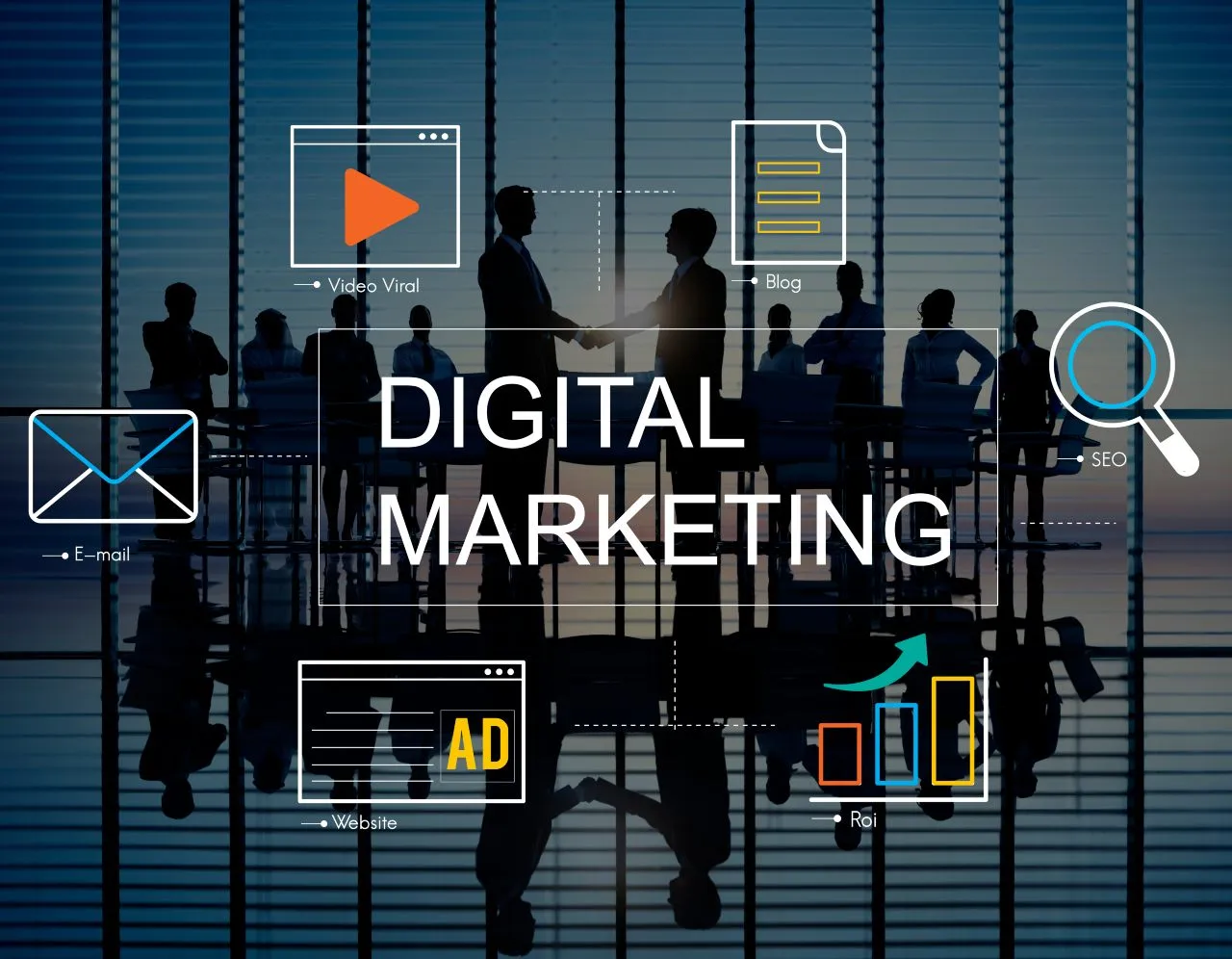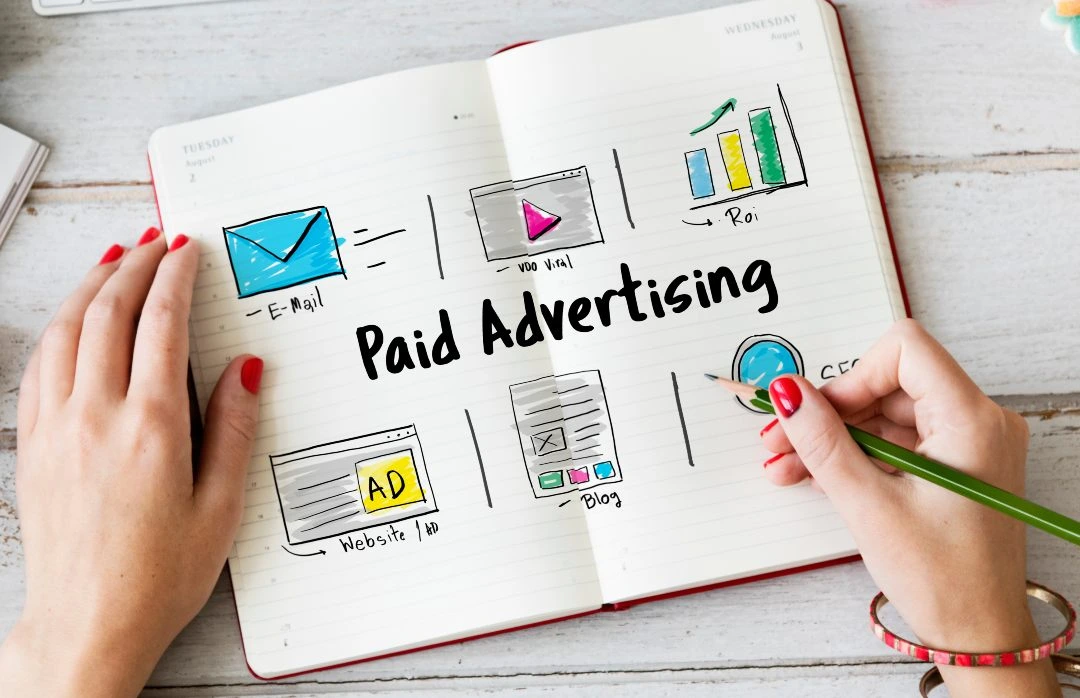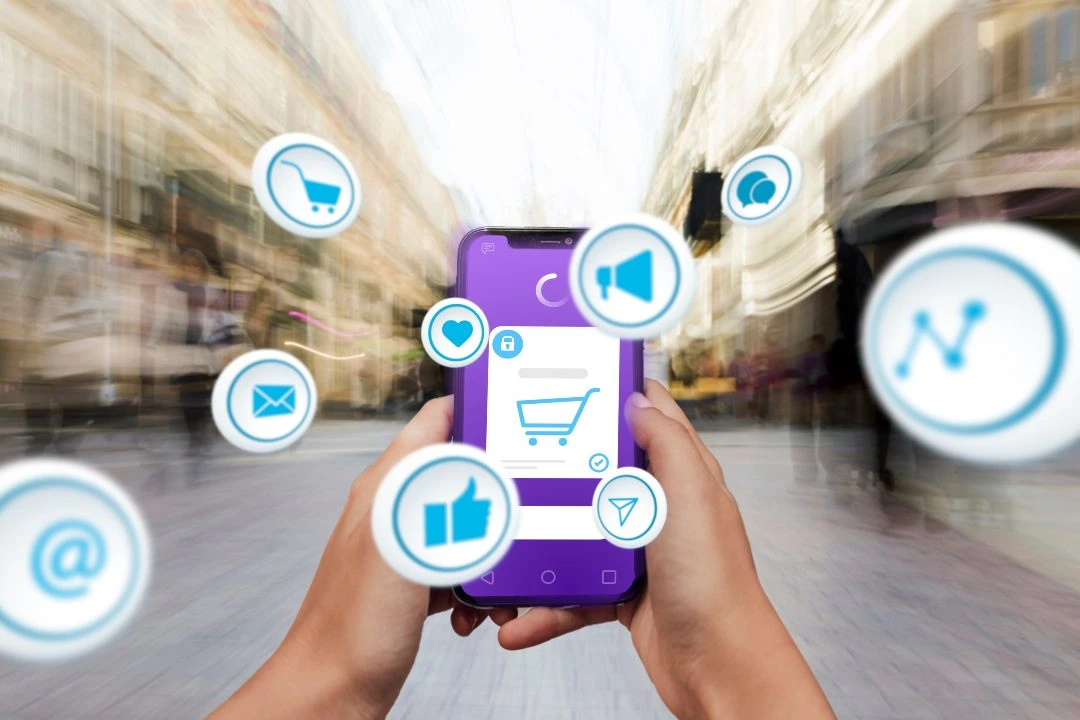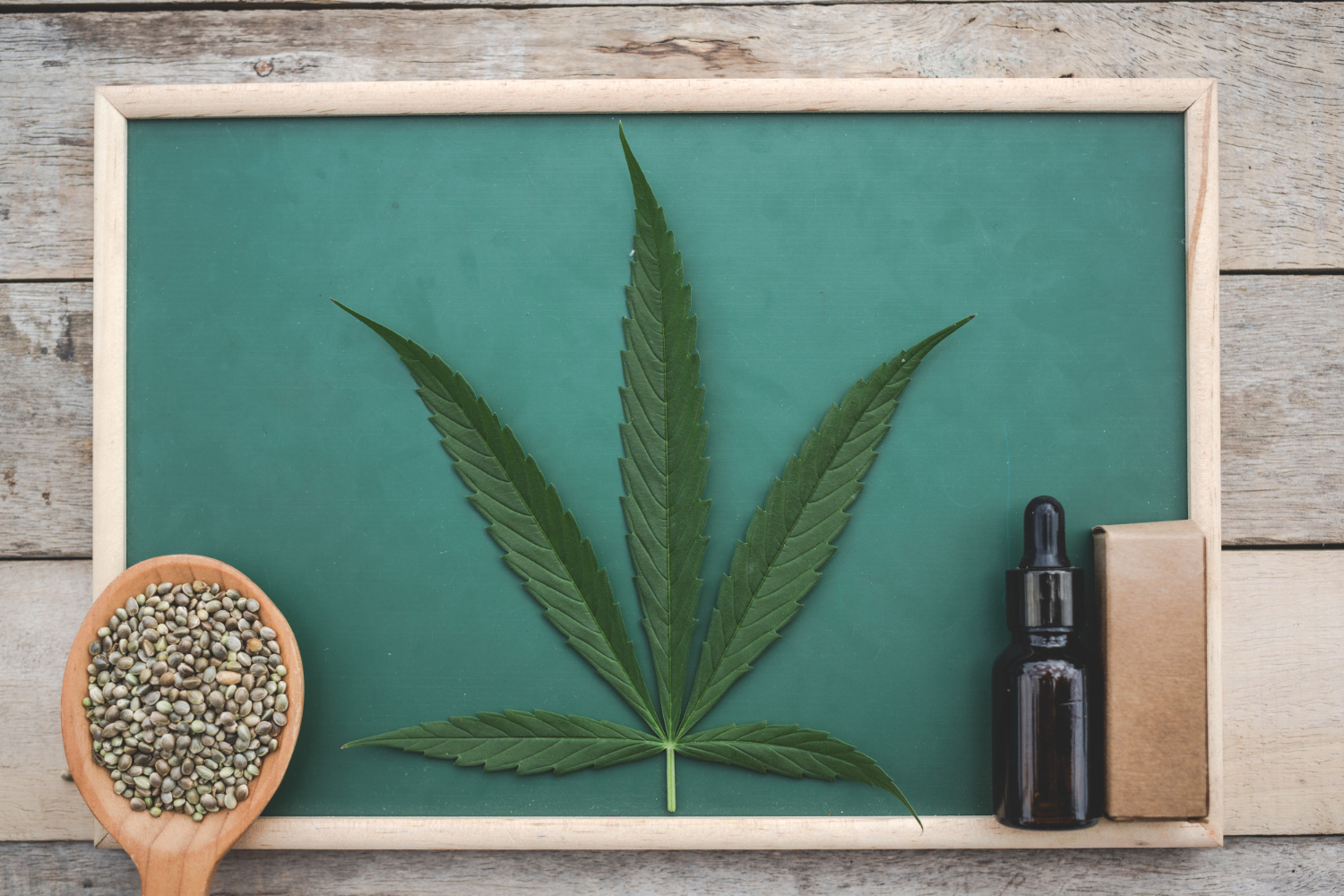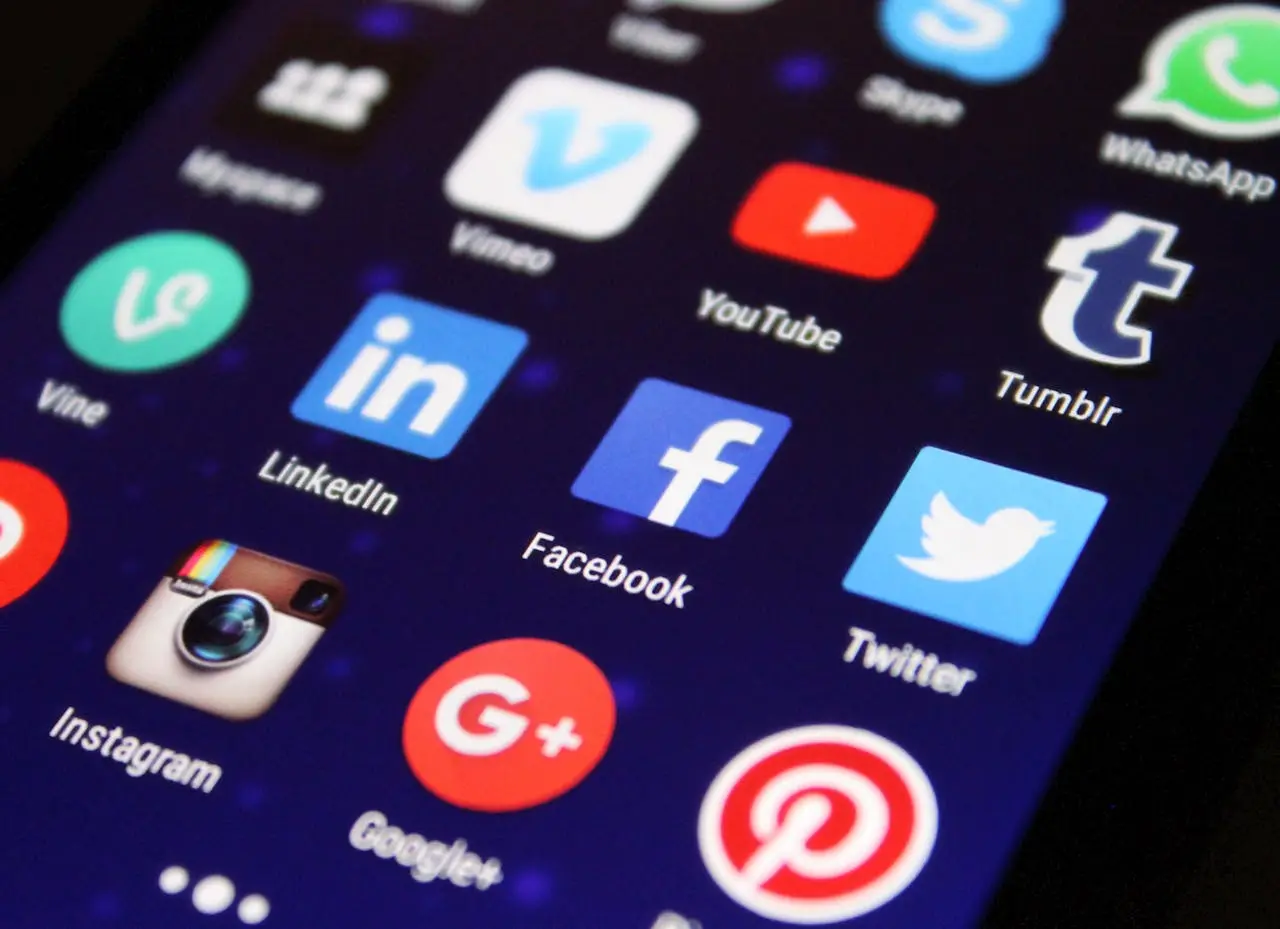In today’s fast-evolving digital landscape, marketers are constantly seeking innovative ways to captivate audiences. While still in its nascent stage, immersive technology is emerging as a game-changer. Augmented reality (AR) and virtual reality (VR) are no longer futuristic concepts; they’re powerful tools reshaping how brands connect with consumers.
With consumers craving more engaging and personalized experiences, AR and VR marketing trends offer unprecedented opportunities to deliver just that. From virtual try-ons to immersive storytelling, forward-thinking companies are leveraging these technologies to create memorable interactions.
Let’s explore how AR and VR are changing the marketing landscape, providing real-world examples and actionable insights.
New Opportunities in Video Marketing: Behind-the-Scenes and TikTok-Style Innovations
Video marketing is no longer just a tool—it’s the heartbeat of modern digital strategies. With audiences craving authentic, relatable, and high-energy content, brands must adapt to these ever-changing consumer preferences. Behind-the-scenes content and the TikTok-inspired ethos are two of the most exciting avenues for marketers ready to showcase personality and creativity while building audience trust. Let’s dive into some compelling trends shaping the future of video marketing:
- Many marketers are missing out on the potential of behind-the-scenes videos, which remain a reliable method for promoting brands. Source
- Giving audiences an inside look at a brand builds trust and transparency, but younger audiences require more creative and engaging approaches than traditional behind-the-scenes content. Source
- To effectively use behind-the-scenes videos on platforms like TikTok, YouTube Shorts, and Instagram Reels, marketers need to be creative and engaging. Source
- The fast-paced, energetic style popularized by TikTok is now widely used across social media, featuring short videos with elements like dance moves, jingles, and stunts. Source
- This TikTok-inspired style, blending information with entertainment, is increasingly being adopted in marketing, requiring careful planning and storyboarding. Source
Key Takeaway
The evolution of video marketing underscores one critical truth: passive, cookie-cutter content won’t cut it. To stand out, brands need to blend authenticity with entertainment, rethinking how they connect with their audiences on dynamic platforms. Whether it’s pulling back the curtain for a behind-the-scenes glimpse or leaning into the infectious energy of TikTok’s trends, the goal is to create experiences that feel personal and relevant.
For small businesses looking to break into video marketing or expand their reach, having a robust digital marketing strategy is essential. Exploring digital marketing strategies for small businesses can help guide your efforts, ensuring you’re maximizing your potential in today’s competitive landscape.
Pro Tip:
Test new video ideas with pilot campaigns before scaling up. Use A/B testing to see how differing tones, formats, or storytelling styles perform. A data-driven approach ensures you’re not just experimenting but also strategically refining your video marketing game plan.
The Shift Toward Raw Authenticity in Video Marketing: Vlogging, Personal Touches, and Mobile-First Strategies

Source: Grand View Research
In an era where viewers crave connection, the allure of polished, corporate-style videos is waning. Instead, audiences are leaning into authentic, unfiltered content that feels real and relatable. This shift offers brands the opportunity to build deeper, more personal relationships with their audience through vlogging, behind-the-scenes glimpses, and smartphone-shot content that prioritizes storytelling over perfection.
- Quick, blog-style videos are surging in popularity, especially on platforms like YouTube, Instagram, and TikTok, where authentic storytelling beats out overproduced visuals. Source
- Direct video messaging is an increasingly common way for brands to connect with their communities across platforms like LinkedIn, Instagram, and Facebook. Source
- Agile video creation allows marketers to respond rapidly to new trends and audience demands, keeping their content fresh and timely. Source
- Platforms like YouTube are positioning vlogging as the new blogging, enabling brands to forge deeper connections through personal stories, tutorials, and everyday insights. Source
- Tools like Instagram TV and mobile video editing apps make vlogging accessible, even for brands with minimal budgets or resources. Source
- Simple setups, such as a smartphone with a budget mic and easy-to-use editing apps, empower brands to create compelling content with minimal investment. Source
- Influential figures, including Mark Zuckerberg and Elon Musk, are redefining audience engagement with personal interviews and casual behind-the-scenes tours, inspiring brands to embrace this approachable format. Source, Source, Source, Source
- Startups are leveraging unconventional, edgy videos to stand out, breaking traditional norms to build trust and encourage creative connections. Source, Source
- Behind-the-scenes videos are growing in popularity, offering audiences a transparent look at how brands operate and make creative decisions. Source
- Smartphone apps and mobile-first editing tools now rival traditional production software, enabling high-quality content creation on the go. Source
- Younger demographics are losing interest in videos with high production value, gravitating instead toward relatable and authentic content. Source
Key Takeaway
Adopting a more casual, human-centered approach to video marketing isn’t just a passing trend—it’s a necessity. Audiences today prioritize authenticity over perfection, favoring video content that feels approachable and real. By embracing vlogging, integrating personal storytelling, and utilizing mobile-first tools, brands can create nimble content that connects on a deeper, more emotional level. This shift allows companies to foster trust, build loyalty, and engage audiences in ways that polished campaigns simply cannot achieve.
Pro Tip:
Don’t let a limited budget hold you back. Start small—use a smartphone and free or low-cost editing tools to produce content that reflects your brand’s unique personality. Encourage team members or leaders to step in front of the camera to share stories or behind-the-scenes moments. This not only humanizes your brand but also builds authentic connections with your audience.
Embrace the Power of Vertical Video and Bite-Sized Ads
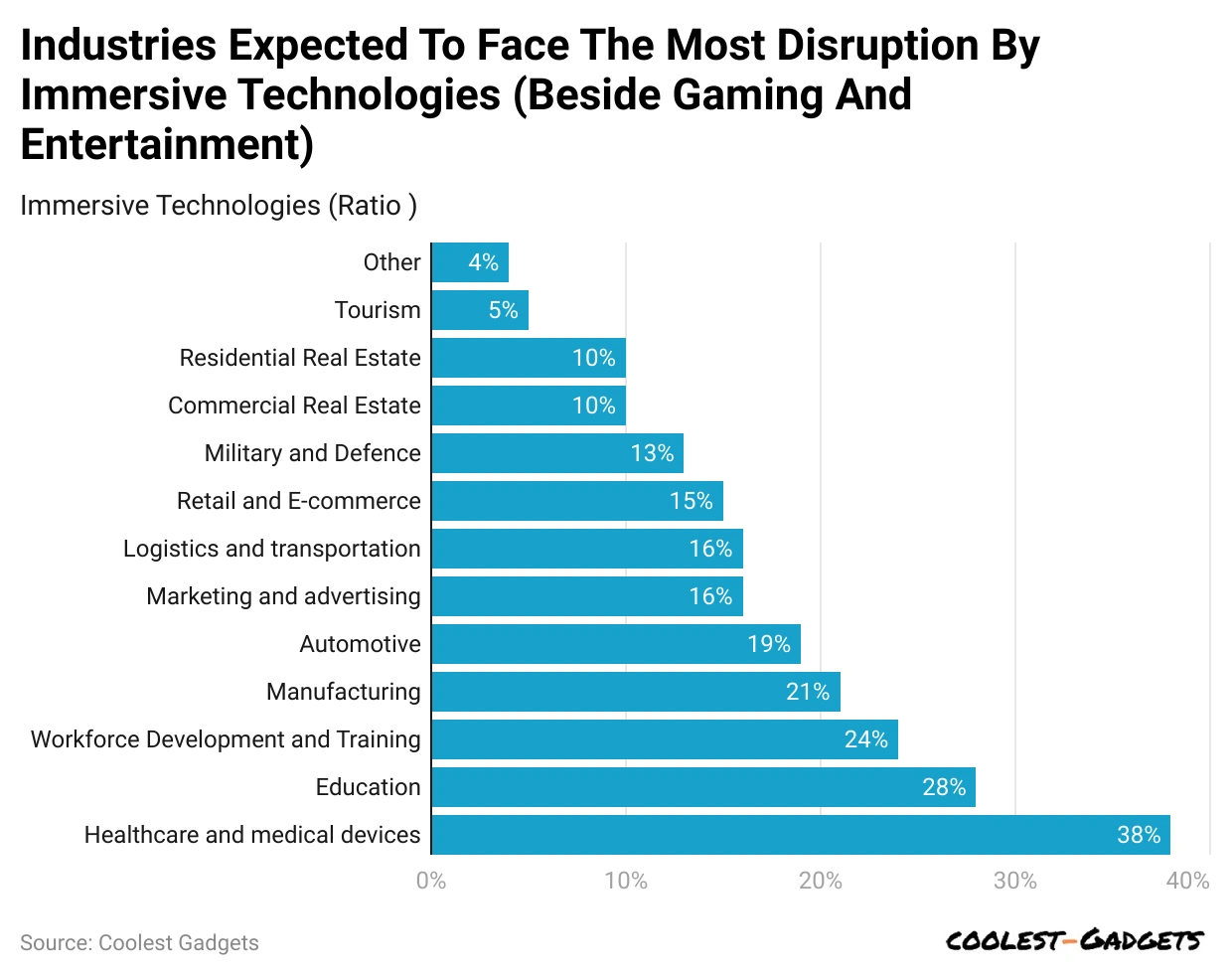
Source: Coolest Gadgets
With more than half of global web traffic coming from mobile devices, marketers can no longer afford to stick to traditional video formats. Vertical video has become the gold standard for connecting with mobile-first audiences, particularly on social platforms where thumb-stopping content reigns supreme. At the same time, super-short ads are redefining attention spans, proving that you don’t need more than a few seconds to deliver a memorable message.
- Vertical video is now a must-have, thanks to Instagram Stories, Reels, and YouTube Shorts, which are designed to cater to mobile viewing habits. Source
- Platform matters: horizontal video still shines on websites and desktop screens, but vertical video dominates feed-based platforms like Facebook and Instagram. Source
- Super-short video ads (6 to 10 seconds) are highly effective in ensuring viewers absorb your message before skipping to the next piece of content. Source
- The key to super-short ads is crafting content that hooks the audience instantly and encourages further engagement. Source
Key Takeaway: Adapt to the Attention Economy
In an era where attention spans are shrinking, vertical videos and ultra-short ads offer dynamic solutions to cut through the clutter and deliver impactful messages. Mobile-first storytelling is no longer a nice-to-have but an essential strategy to reach and retain today’s audiences. To truly stand out, aim for emotional resonance or a visually gripping narrative in those first few seconds—it’s a small window, but used effectively, it can yield massive results.
Pro Tip:
Use bold, eye-catching visuals paired with a compelling opening line or action to draw users in instantly. Tools like Canva or Adobe Premiere Rush can help you optimize video content for vertical formats while maintaining high production quality.
Going Live: How Event Livestreams Are Transforming Audience Engagement
The ability to livestream events has reshaped how brands communicate with their audiences, breaking down geographical barriers and creating real-time connections that feel personal and engaging. Whether it’s a global product launch or a small startup unveiling its latest innovation, livestreaming has become a cornerstone of modern marketing strategies. This shift is a testament to the growing demand for immediacy and accessibility in brand experiences.
- Event livestreams, popularized by industry giants like Apple, have become a go-to method for reaching broader audiences. Source
- Today, even startups and smaller businesses are leveraging live video to announce new products, share updates, or build community. Source
- Livestreaming has been shown time and again to successfully connect brands with global audiences across multiple platforms. Source
Key Takeaway
As brands increasingly embrace livestreaming, it’s clear that audiences value transparency, immediacy, and human-centric experiences. A well-executed livestream offers not just a marketing opportunity but also a chance to foster genuine engagement and loyalty. From sparking excitement during product launches to building trust through Q&A sessions, livestreams are a powerful tool in the digital marketer’s arsenal.
Pro Tip:
Use interactive elements like live polls, Q&A features, or audience shoutouts to make your livestream feel like a two-way conversation. This level of engagement can significantly boost viewer retention and leave a lasting impression.
Engagement with Storytelling and Educational Video Content
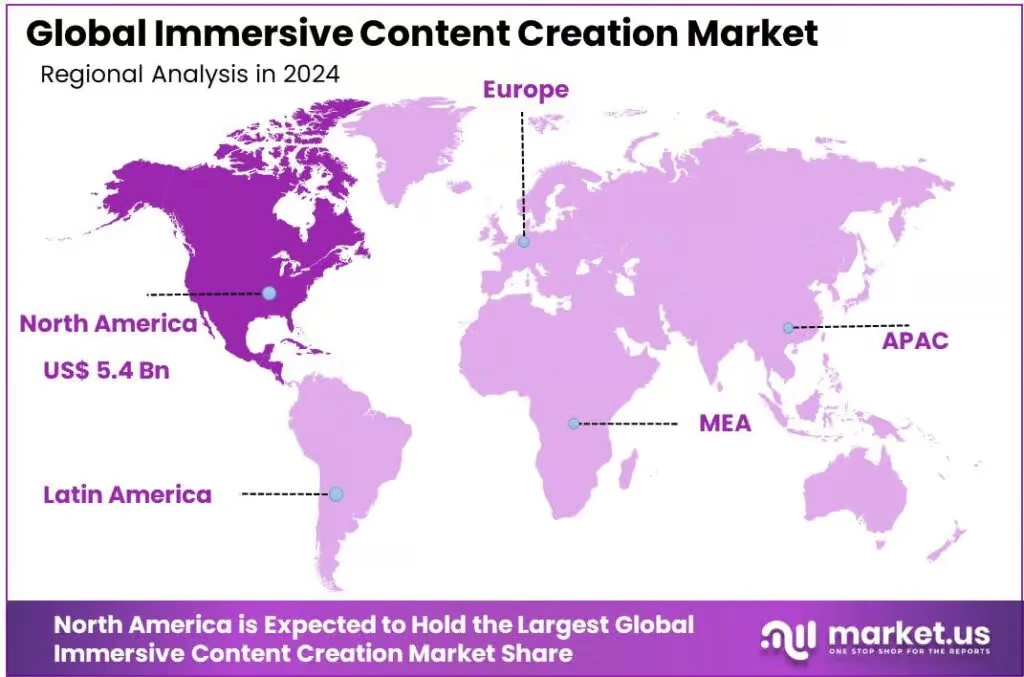
Source: Market.us
As audiences crave more meaningful and valuable online experiences, storytelling and educational videos have emerged as powerful tools for brands to connect with their viewers. These formats go beyond surface-level entertainment, offering substance that informs, inspires, and builds lasting connections. Whether it’s guiding consumers through a product’s value or weaving a narrative that resonates emotionally, well-crafted videos can leave a profound impact on viewers and drive deeper engagement.
- Videos that use sequential storytelling—with a defined beginning, middle, and end—create more memorable and effective ads, as demonstrated by research from YouTube. Source
- Sequential storytelling across multiple videos fosters cohesive narratives over time, keeping audiences invested in your brand’s journey. Source
- Full-length and episodic video content is growing in popularity, with more viewers willing to engage with longer videos like interviews and series. Source
- Despite comprising just 8% of total content, videos longer than 15 minutes account for 50% of all video engagement, showcasing their ability to captivate audiences. Source
- 68% of consumers prefer watching videos to explore new products or services, making educational content one of the most sought-after formats. Source
Key Takeaway
Storytelling and education aren’t just trends—they’re strategies that align with how today’s consumers engage. The numbers highlight a clear shift: viewers will invest their time in content that provides either emotional resonance or practical value. By creating detailed, narrative-driven campaigns or educational tutorials, brands have the chance to increase retention and position themselves as trusted authorities in their industries.
Pro Tip:
To maximize the impact of long-form and narrative content, incorporate a clear structure in your videos. Use storytelling techniques to evoke emotion and connect with your audience, while layering in actionable insights or information. A platform-first approach also helps—optimize content for social media algorithms or video-sharing platforms like YouTube to reach your ideal audience at scale.
Revolutionizing Visual and Auditory Storytelling with Drones and 3D Sound
The way audiences consume video content continues to evolve as technology unlocks new heights of creativity. Today, brands aren’t just telling stories—they’re creating immersive sensory experiences. Drone videography and 3D sound design are two powerful tools redefining how viewers connect with content, delivering unprecedented levels of engagement and emotional resonance. This tech-driven synergy is leveling the playing field for both major productions and smaller creators, making high-quality, immersive content more accessible than ever.
- Expect drones to explore new horizons, from weaving through bustling cityscapes to providing unique perspectives at live music events, sports games, and even individual activities like running or cycling. AI-enhanced features such as obstacle avoidance, real-time tracking, and advanced stabilization will redefine what’s possible in video storytelling. Source
- 3D immersive audio technologies are revolutionizing soundscapes, allowing audiences to experience video with an enveloping, three-dimensional auditory effect. Source
- Video creators are exploring audio layering and spatial sound techniques to elevate storytelling, combining stunning visuals with rich, multidimensional audio. Source
- AI-powered tools are democratizing access to spatial audio and sound design, enabling even low-budget productions to integrate cutting-edge soundscapes. As spatial audio becomes more standardized across devices, these techniques are no longer exclusive to blockbuster productions. Source
Key Takeaway
The convergence of drone technology and immersive sound design is ushering in a new era of sensory marketing. Marketers now have the tools to pull audiences into their stories—literally—from stunning aerial visuals to soundscapes that feel like you’re right in the middle of the action. As AI continues to refine these technologies, brands of all sizes can leverage them to stand out in crowded digital spaces.
Pro Tip:
Want to stay ahead of the curve? Combine aerial drone footage with spatial audio techniques for a truly immersive video experience. Experiment with perspectives that reflect your brand’s unique identity, whether it’s an intimate close-up or a grand, sweeping shot. And don’t forget to optimize for accessibility by including subtitles and transcriptions to ensure inclusivity for all audiences.
How AI and Machine Learning are Revolutionizing Video Marketing Strategies
In the last few years, AI and machine learning (ML) have moved from being buzzwords to becoming the strategic backbone of modern video marketing. These technologies are not just enhancing the way videos are created but also transforming how businesses tailor content, predict audience behavior, and foster deeper connections with consumers. As the demand for sophisticated personalization and efficient ad strategies grows, leveraging AI and ML has become essential for brands that aim to remain competitive in a content-saturated marketplace.
- Enhanced Personalization: AI and ML analyze vast datasets to uncover user patterns, enabling marketers to deliver hyper-personalized video content and tailored recommendations. Source
- Predictive Analytics for Proactive Strategies: AI-powered predictive analytics forecast future trends and consumer behaviors, helping marketers optimize campaign timing and better anticipate customer needs. Source
- AI-Driven Customer Support: AI chatbots and virtual assistants bolster user engagement by offering 24/7 support, resolving queries, and guiding customers seamlessly through the purchase journey. Source
- Revolutionizing Ad Targeting: AI tools analyze behavioral and demographic data to create precise audience profiles, ensuring ad content reaches the most relevant users and significantly boosting ROI. Source
- Dynamic Content Creation: AI-driven platforms can automatically generate and adapt video ads in real-time for different audience segments, helping brands deliver consistent and personalized messaging at scale. Source
- 88% of international marketers have successfully used AI to personalize customer journeys across multiple channels. Source
- 99% of marketers intend to continue leveraging video as part of their broader strategies. Source
- 86% of companies currently use video as a key marketing tool. Source
- 94% of video marketers deem video as central to their overall marketing plans. Source
- Live video is a go-to tactic for 46% of marketers on social media. Source
- 70% of businesses are producing more video content now than in the previous year. Source
- 96% of marketers report allocating ad budgets specifically for video campaigns. Source
Key Takeaway: Leverage AI to Stay Relevant in the Video-First Era
AI and machine learning are not just supplementary tools—they’re transformative forces that will define the next era of video marketing. From enabling precise consumer insights through predictive analytics to automating video personalization at scale, these technologies empower brands to deliver impactful campaigns that resonate with today’s audiences. With the growing importance of video in virtually every marketing strategy, integrating AI tools into your workflows isn’t just advantageous—it’s mandatory to keep pace with the competition.
Pro Tip:
Don’t just adopt AI for automation—use it to innovate. Pair AI-driven audience insights with interactive video tools and platforms to craft immersive, customized experiences that stand out in crowded marketing spaces. Start small by testing AI-powered video platforms like Synthesia or Pictory, and gradually expand your toolkit for maximum ROI.
For businesses looking to integrate AI into their marketing strategies while maintaining efficiency and scalability, collaborating with full-service marketing agencies can be a game-changer. These agencies offer a comprehensive approach to digital marketing, ensuring that brands can navigate emerging tools and trends with ease.
Conclusion
As we look toward the future of marketing, the convergence of AR, VR, and AI is setting the stage for a transformative era. Video content, once a medium for passive consumption, is now a dynamic tool for interaction, education, and personalization. The rise of behind-the-scenes authenticity, TikTok-style storytelling, and immersive experiences shows that consumers crave genuine connections and memorable visuals. Meanwhile, AI and machine learning are elevating marketing efforts with predictive precision, enabling brands to engage audiences with hyper-targeted strategies.
But what does this mean for you? It’s not just about adopting the latest technologies—it’s about adapting them to meet your audience’s evolving expectations. Whether you’re experimenting with vertical video, hosting live streams, or leveraging AI-driven insights, the key to success lies in storytelling that blends innovation with human emotion.
Ready to boost your traffic and grow your website? Your customers are looking for you, and our SEO services can help you be found across search engines. Stay ahead of the curve and make your mark in this immersive digital landscape.
About The Rise of Interactive and Immersive Marketing: How Brands Are Using AR, VR, and AI in 2025
This guide was written by the Scopic Studios team and reviewed by Araksya Hakobjanyan, SEO Lead at Scopic Studios.
Scopic Studios delivers exceptional and engaging content rooted in our expertise across marketing and creative services. Our team of talented writers and digital experts excel in transforming intricate concepts into captivating narratives tailored for diverse industries. We’re passionate about crafting content that not only resonates but also drives value across all digital platforms.
Note: This blog’s images are sourced from Freepik.

